
John Henry Twachtman
American Painter
1853-1902

Photograph of John Henry Twachtman
Photographer: Gertrude Käsebier
Gertrude Käsebier was among the first practicing women photographers to gain a level of fame and respect equal to her counterparts in the predominantly male circles of artistic photography. The American photographer first developed her artistic skills relatively later life, after raising three children. She then opened a studio in New York City, where some of her sitters included fellow Pictorial photographers Alfred Stieglitz and Clarence White, with whom she founded the Photo-Secession movement. In 1900 Käsebier became the first woman elected to Britain's Linked Ring Brotherhood.
John Henry Twachtman was an American painter best known for his impressionist landscapes, though his painting style varied widely through his career. Art historians consider Twachtman's style of impressionism to be among the more personal and experimental of his generation. He was a member of "The Ten", a loosely-allied group of American artists dissatisfied with professional art organizations, who banded together in 1898 to exhibit their works as a stylistically unified group.
Twachtman was born in Cincinnati, Ohio and received his first art training there under Frank Duveneck. Like most artists of the era, Twachtman then proceeded to Europe to further his education. He enrolled in the Academy of Fine Arts in Munich in 1875 and visited Venice with Duveneck and William Merritt Chase. His landscapes from this time exhibit the loosely brushed, shadowy technique taught at Munich. Twachtman also learned etching, and sometimes carried etching plates with him that he could use to spontaneously record a scene.
After a brief return to America, Twachtman studied from 1883 to 1885 at the Académie Julian in Paris, and his paintings dramatically shifted towards a soft, gray and green tonalist style. During this time he painted what some art historians consider to be his greatest masterpieces, including Arques-la-Bataille, in the collection of the Metropolitan Museum of Art in New York, and Springtime, in the collection of the Cincinnati Art Museum.
Arques-la-Bataille: 1884
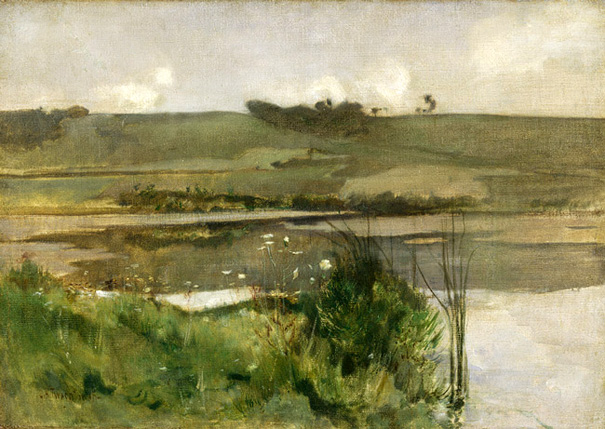
During the summer of 1884, Twachtman-then a student at the Académie Julian-rented a château with his family at Arques-la-Bataille, near the port of Dieppe in Normandy, and focused on painting commonplace views of the Arques River valley. Here, he portrayed the edge of the Béthune, a tributary of the Arques, bordered by a fringe of reeds and meadow flowers. In his Paris studio the following winter, he reconsidered the naturalistic sketch and created his monumental canvas Arques-la-Bataille.
Arques-la-Bataille: 1885
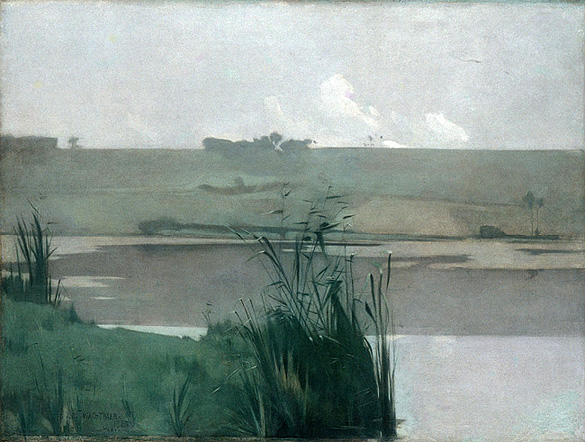
Between 1883 and 1885, Twachtman lived in Paris and studied at the Académie Julian. This painting is one of several large landscapes that he painted during these years. Completed from a preliminary oil study, the picture depicts a scene at Arques-la-Bataille, a town four miles southeast of Dieppe, where the Bethune and two other streams flow together to form the Arques River. Its tonal style is reminiscent of both Japanese prints and Whistler's nocturnes.
Springtime: ca 1884
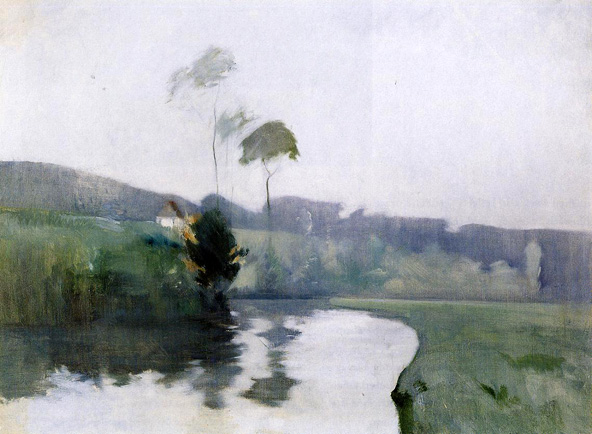
Artist's Home in Autumn-Greenwich, Connecticut: ca 1895

Artist's House-Greenwich, Connecticut: ca 1893
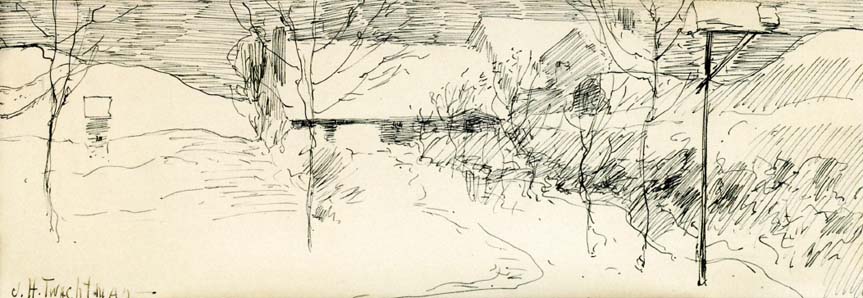
In 1886 he returned to America and settled in Connecticut, eventually buying a farm in Greenwich. He often painted and exhibited with fellow artist Julian Alden Weir, and spent considerable time at the Art Colony in Cos Cob. His presence was vital to the colony:
"Twachtman's temperament--by turns gregarious and introspective, restless and serene--was a major factor in preventing the Cos Cob Art Colony from becoming a backwater of nostalgic complacency. Ironically, his lack of commercial success contributed to his artistic independence, freeing him from the temptation of producing salable pictures according to a proven formula. His art, conversation, and teaching fueled the creative fires of his friends and students in Cos Cob."
In addition to his oil paintings, Twachtman continued to create etchings as well as drawings in pastel. Twachtman taught painting at the Art Students League from 1889 until his death in 1902.
In Connecticut his painting style shifted again, this time to a highly personal impressionist technique. Twachtman painted many landscapes of his Farm and Garden in Greenwich, often depicting the snow-covered landscape. He executed dozens of paintings of a small waterfall on his property, capturing the scene in different seasons and times of day. Late in life Twachtman visited Gloucester, Massachusetts, another center of artistic activity in the late 19th century, and produced a series of vibrant scenes that anticipated a more modernist style yet to gain prominence in American art.
A Garden Path: ca 1897-99

Autumn Mists: ca 1889-1902
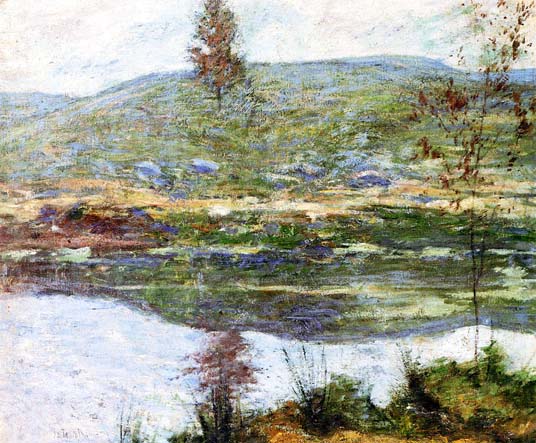
Azaleas: ca 1897-99

Barnyard
(Date Unknown)

Twachtman died suddenly in Gloucester of a brain aneurysm, aged 49. Today, his works are in many museum collections including the Metropolitan Museum of Art, New York; the National Gallery of Art, Washington, D.C.; and the Museum of Fine Arts, Boston.
Source: Wikipedia
Source: The Athenaeum
Here is some additional biographical material on John Henry Twachtman from The Butler Institute of American Art. Much of it is repetitive but there is further insight which I hope is helpful to at least a few of my readers.
JOHN HENRY TWACHTMAN 1853-1902
John Twachtman was born in Cincinnati. His first artistic efforts were painting floral window shades for his father's business during the day while spending his evenings training at the Ohio Mechanics Institute. In 1874 he studied at the Cincinnati School of Design with Frank Duveneck, who sent him in 1875 to Munich, where he worked with Ludwig von Loefftz at the Royal Academy. In 1877 Twachtman went with Duveneck and William Merritt Chase to Venice. From 1883 to 1885 Twachtman was instructed by Jules Lefebvre and Louis Boulanger at the Academie Julian in Paris, where he was influenced by the paintings of James Abbott McNeill Whistler and the French Impressionists, and became friends with Childe Hassam and Theodore Robinson. Twachtman returned to the United States, and by 1888 had settled in Connecticut where the core of his work was executed. That same year he won the landscape prize for the Society of American Artists, and in 1889, he had a successful two-man show with J. Alden Weir. He acquired property in Connecticut around the time he was hired to teach at the Art Students League. With Weir and Hassam, he helped found the American Impressionist group called The Ten in 1898.
Twachtman's artistic evolution began with a naturalism based on the earth tones and the fluid brushwork he learned from Frank Duveneck and the Munich school, progressing through the muted harmonies and abstract patterning of James McNeill Whistler, and finally comprehending more closely than any other American landscape painter the mature Impressionism of Claude Monet. Twachtman's pictures lack Monet's scale or symphonic fullness, but they emulate some of the Frenchman's subtleties of perception, densely woven color harmonies, built-up impasto, and scumbled, broken brushwork.
Twachtman was notably exceptional, and modern, in the frequency with which his landscape compositions were square or vertical, with a high or even absent horizon line. In contrast to the Dutch and French landscape painters, who commonly structured their pictures around a dominant sky and low horizon, Twachtman, like many other American landscape painters, gives over most of his composition to the land. His works are usually centered around a principal, generally darker, motif which forms a calligraphic flourish and focus, often connected to the picture's diagonal axes. The main marshy mass of Landscape orders the composition more in terms of organic centrifugal outgrowth than of geometrically parallel horizontals. Its somber shape dominates the sloping horizon and vertically sprouts into wiry wintry trees, set against a pale gray sky. Two years after this painting was done, Twachtman wrote to Weir: "I feel more and more contented with the isolation of country life. To be isolated is a fine thing and we are all then nearer to nature. I can see how necessary it is to live always in the country - at all seasons of the year." Twachtman's use of the word "isolation" is instructive, since his works are generally devoid of figures and quite often lack evidence of human habitation. His paintings richly document seasonal change, with fall and, especially, winter, much more frequently depicted than the spring and summer favored by the French Impressionists.
Twachtman was fond of poetry, and loved especially Heinrich Heine. Music was even more of a passion for him, especially the works of Romantics like Johannes Brahms, Frederick Chopin, and Franz Schubert. Taken as qualities, both music and poetry are terms which could be applied to Twachtman's work, full as it is of the atmosphere, harmony, and "color" that characterize the other two art forms. Landscape sings an autumnal lyric of growth and decay, of seasonal death and renewal.
JAMES THOMPSON
Source: The Butler Institute of American Art
Source: John Henry Twachtman Online
Abandoned Mill-Branchville, Connecticut: ca 1888
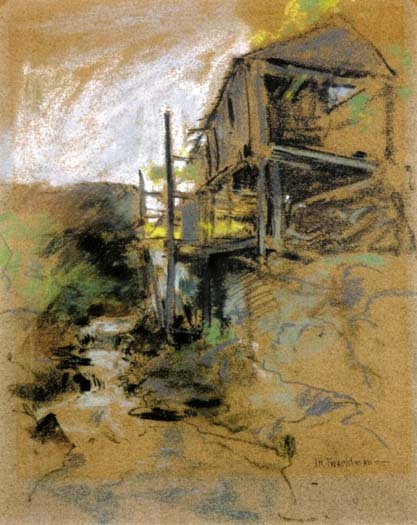
Aboard a Steamer: 1900-02
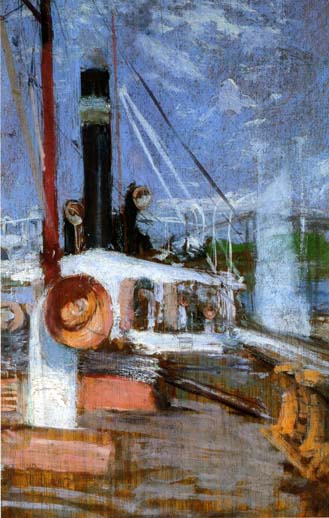
Afternoon Shadows: ca 1890-1900

Along the River, Winter: 1887-88

An Early Winter: ca 1882

Artist's Home Seen from the Back: ca 1893-95
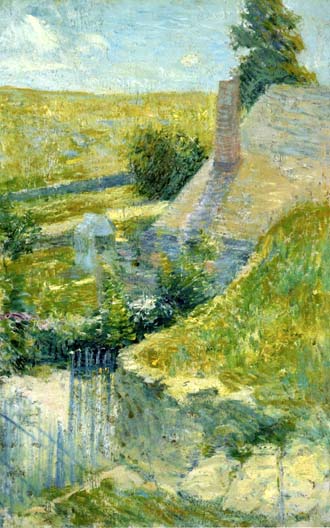
Autumn Mists: 1877
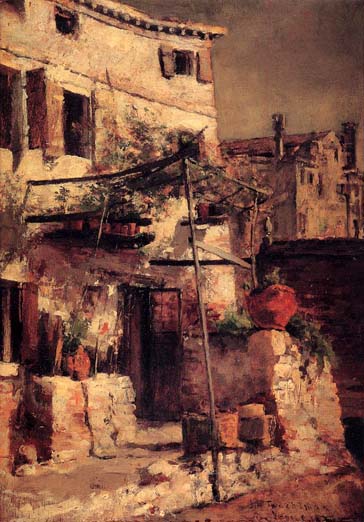
Autumn Mists: ca 1889-1902

Avondale, Ohio: ca 1882
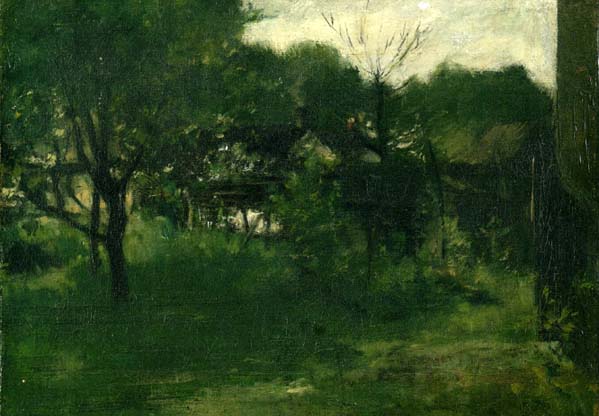
Back of Coney Island: ca: 1879-80
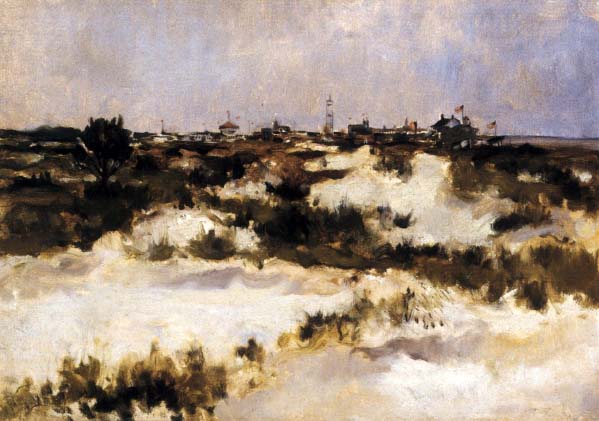
Balcony in Winter: ca 1901-02
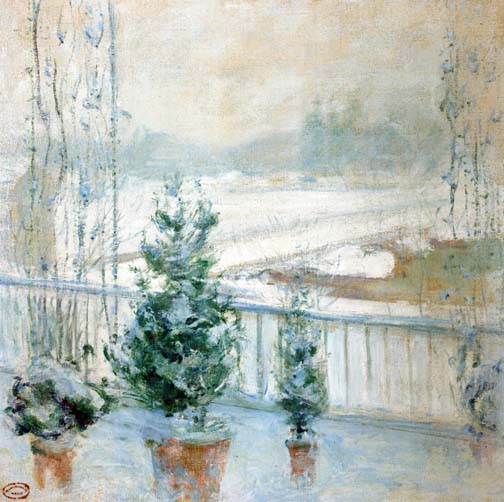
Bark and Schooner
(aka An Italian Barque): ca 1901
_ca_1901.jpg)
Beach at Squam: ca 1900
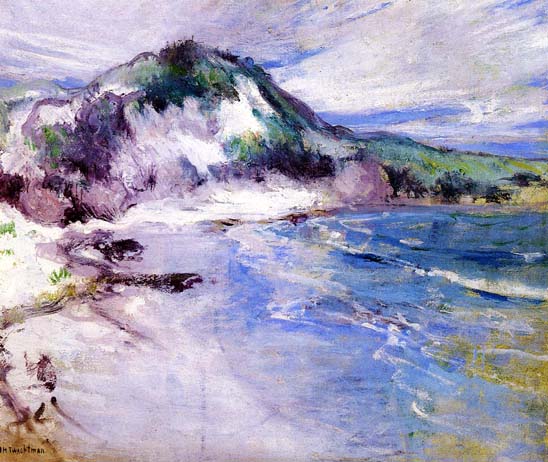
Bloody Run: 1882

Boat Landing: ca 1900-02
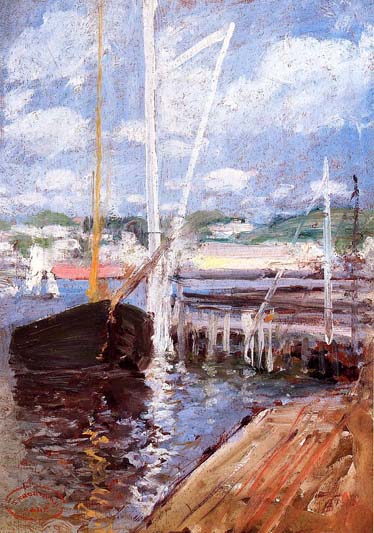
Boats at Anchor: ca 1900
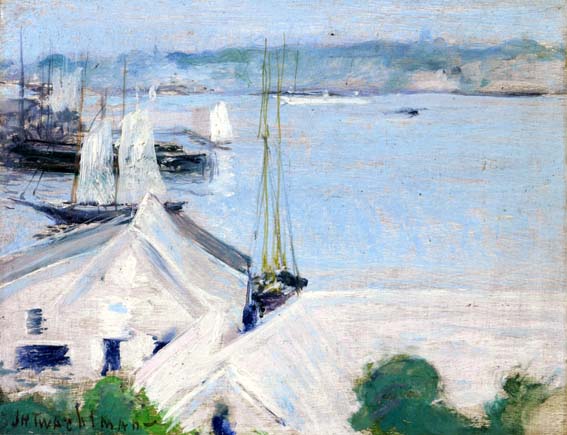
Boats at Anchor: Date Unknown
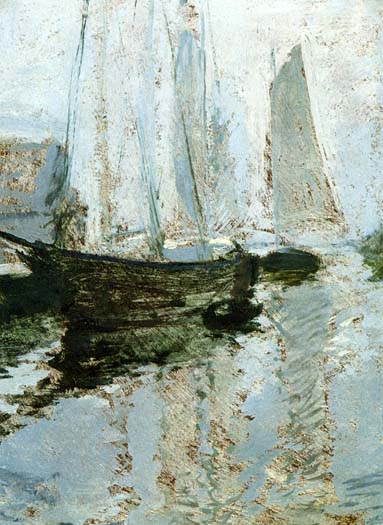
Boats at Dieppe: Date Unknown

Branchville: ca 1888-89

Branchville Fields: ca 1888
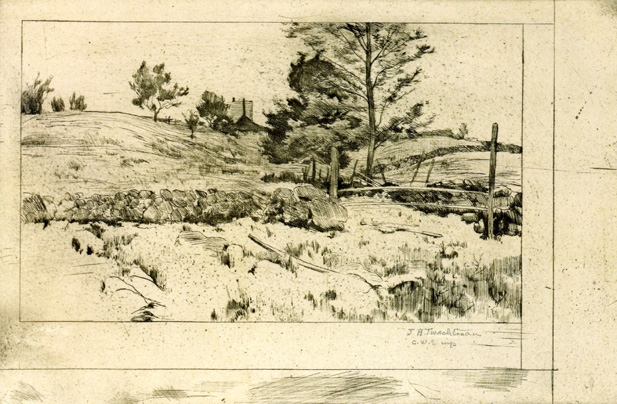
Bridge in Winter: ca 1901
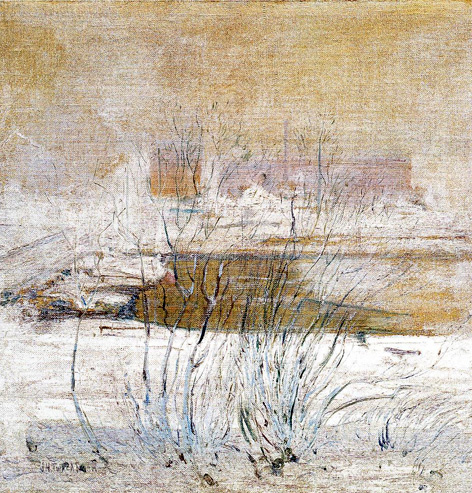
Bridgeport: ca 1888-89
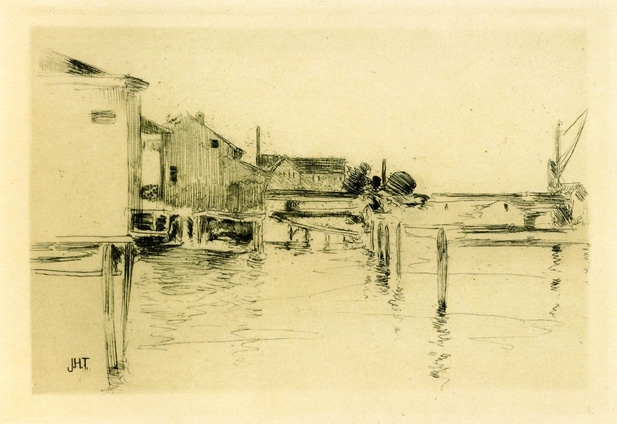
Brook among the Trees: ca 1888-91
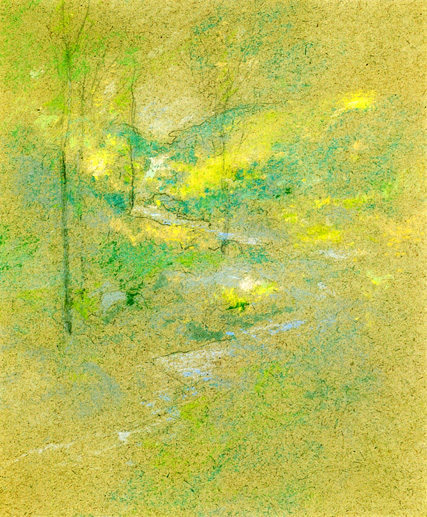
Brook in Winter: ca 1893
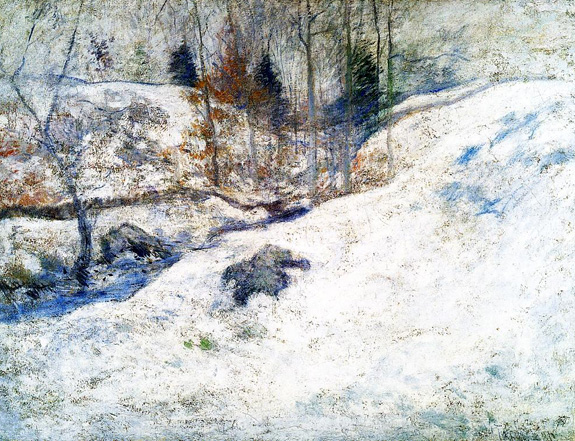
Campo Santa Marta: ca 1878
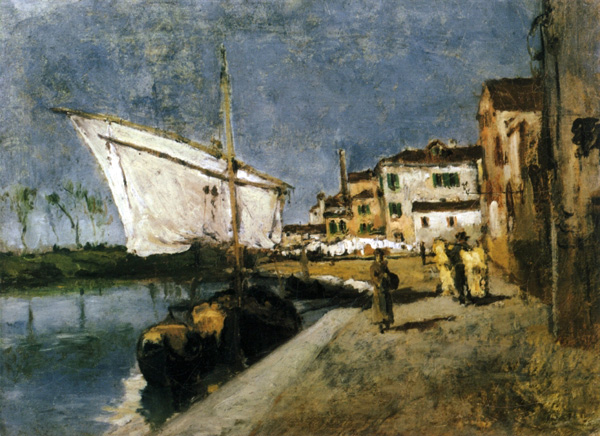
Canal, Venice: ca 1878
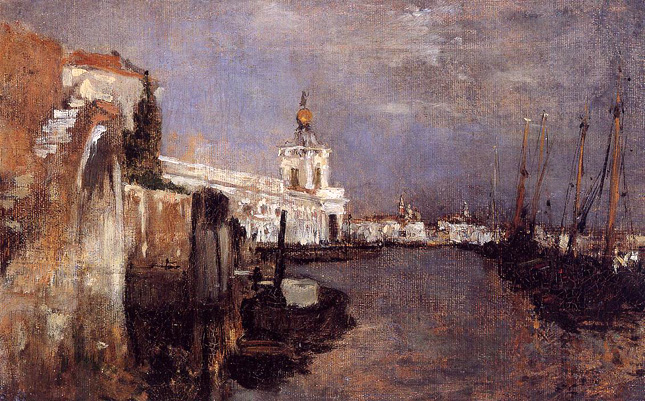
Canyon in the Yellowstone: ca 1895

Cascades: ca 1899-1902
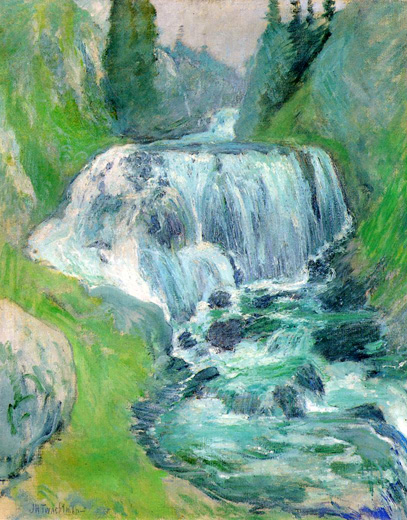
Cincinnati Landscape: 1880

Coastal View: 1882
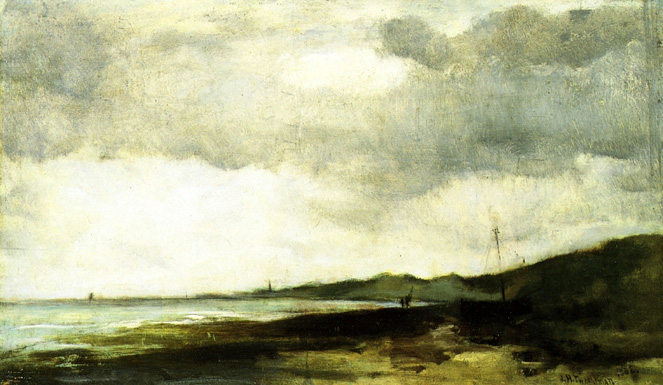
Coney Island, From Brighton Pier: 1879-80
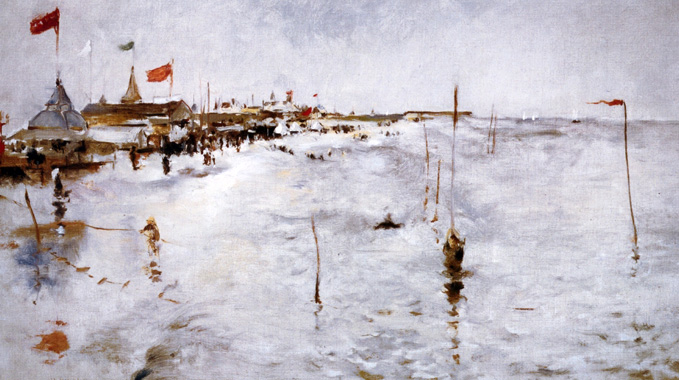
Connecticut Landscape: ca 1889-91
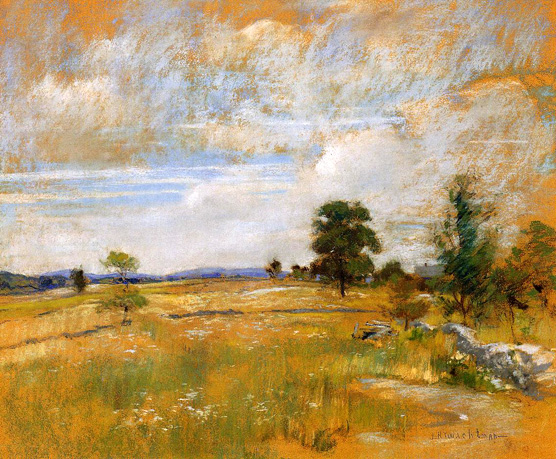
Connecticut Landscape: ca 1890-95
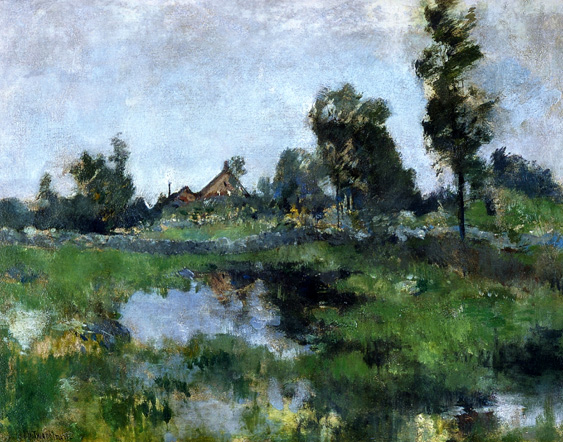
Connecticut Shore, Winter: 1899
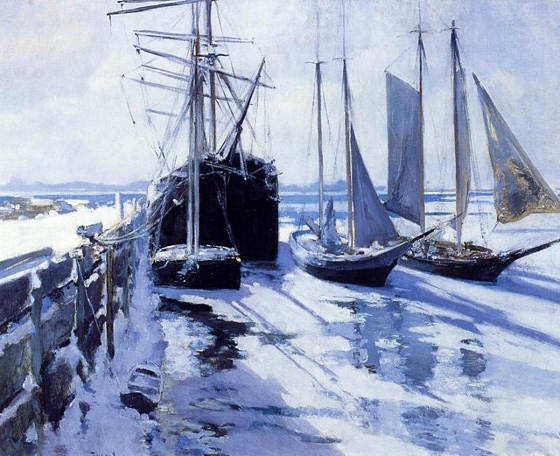
Cos Cob: ca 1890-99
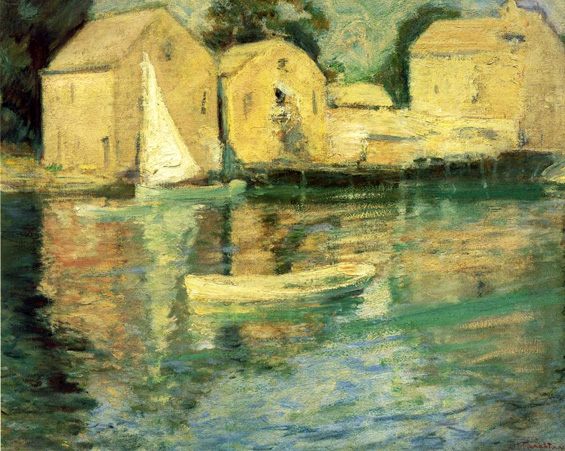
Country House in Winter, Cos Cob: ca 1901
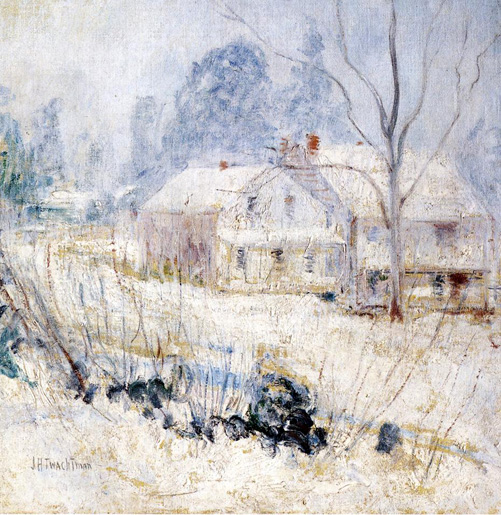
Country Path: Date Unknown
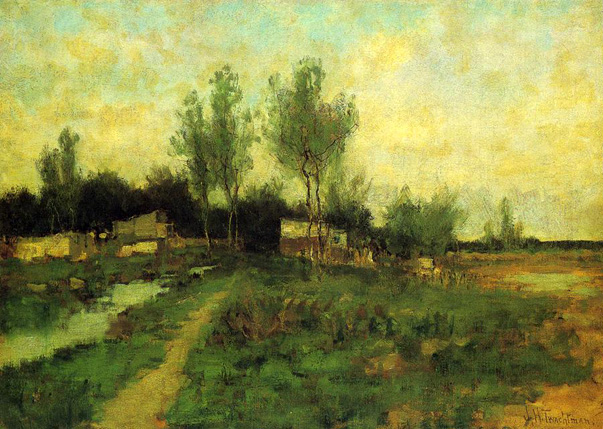
Court of Honor, World's Columbian Exposiition: 1893
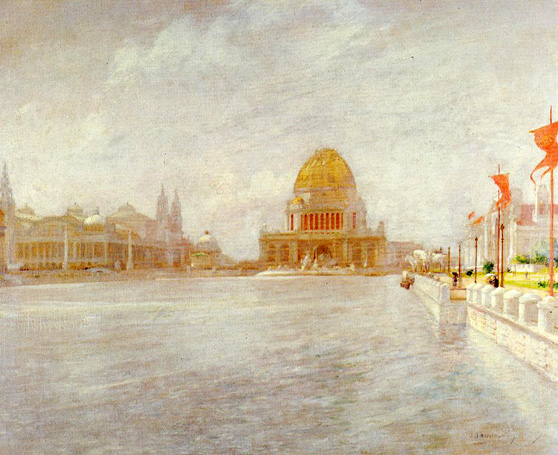
Dark Trees, Cincinnati: 1882
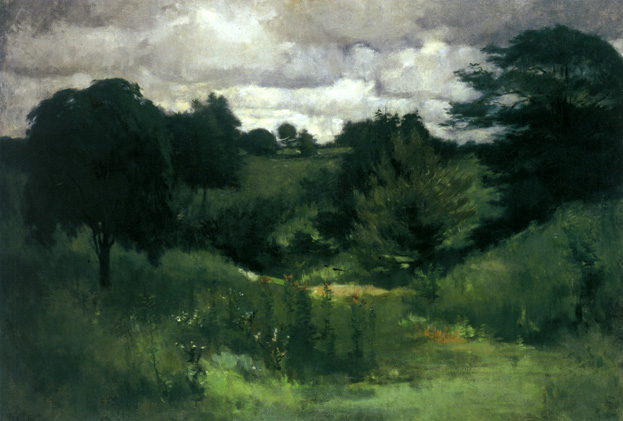
Dock at Newport: ca 1889
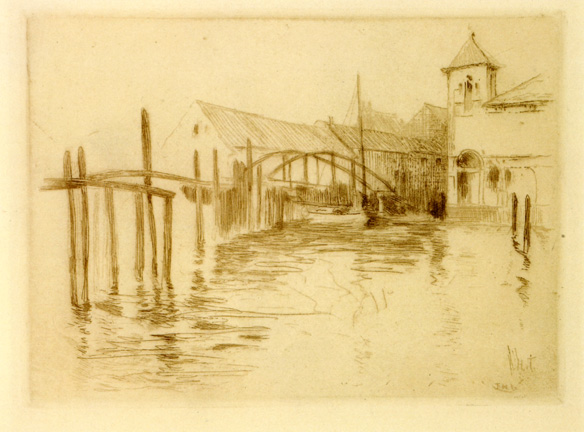
Dredging in the East River: ca 1880
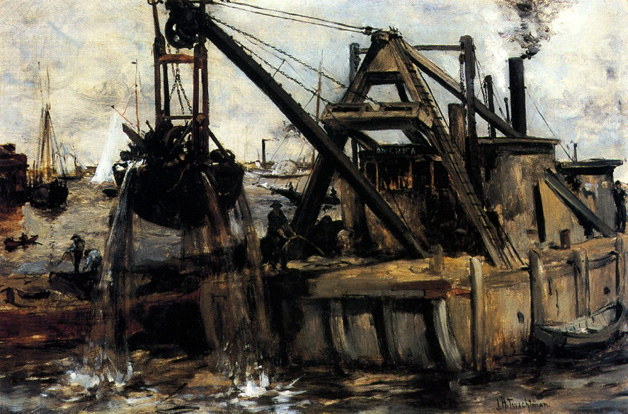
Dutch Landscape: 1885
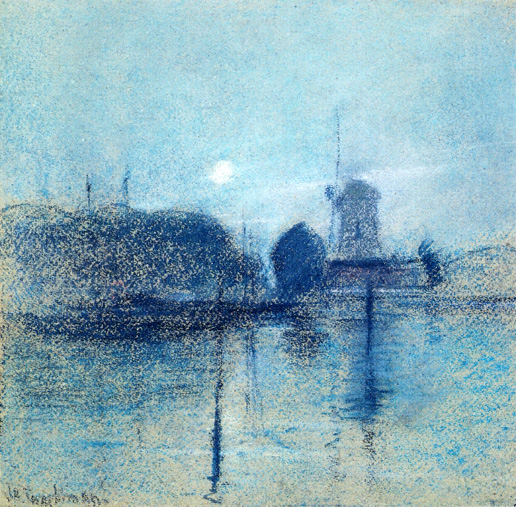
Edge of the Emerald Pool, Yellowstone: ca 1895
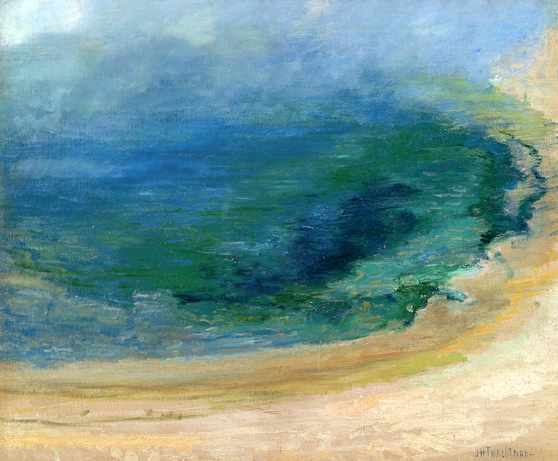
Emerald Pool: ca 1895
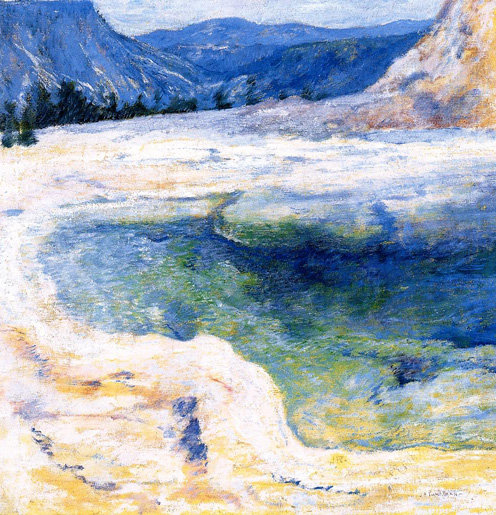
Emerald Pool: ca 1895
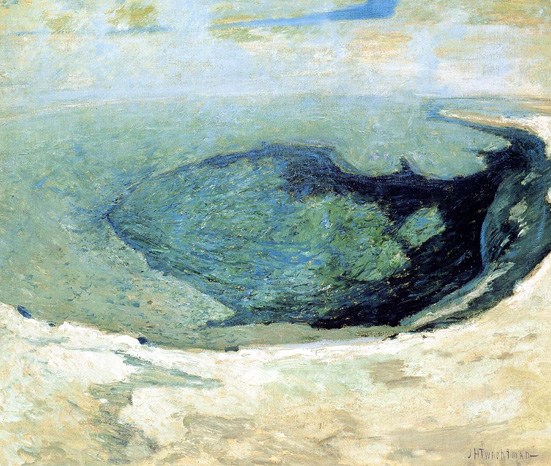
End of the Pier, New York Harbor: 1879
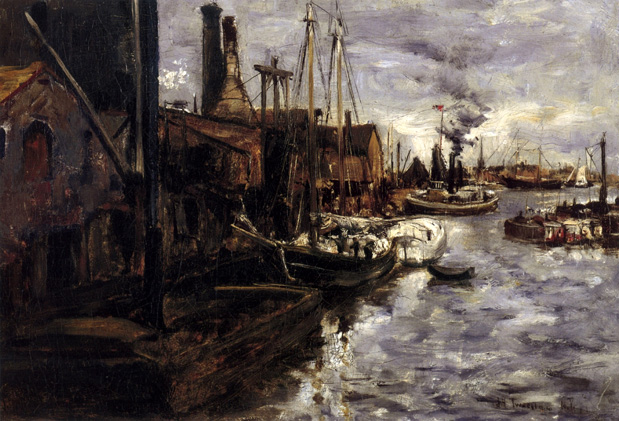
End of Winter: ca 1890-95

Evening: ca 1881
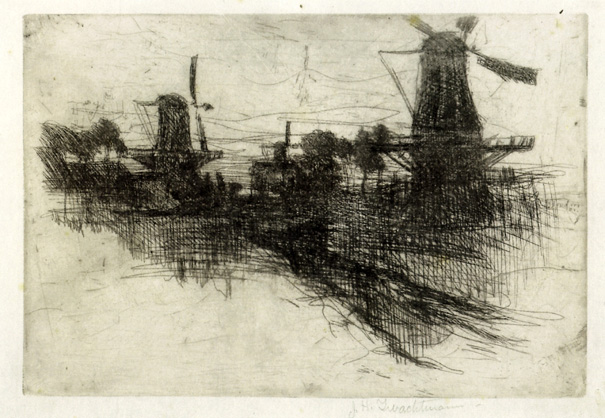
Falls in January: ca 1895
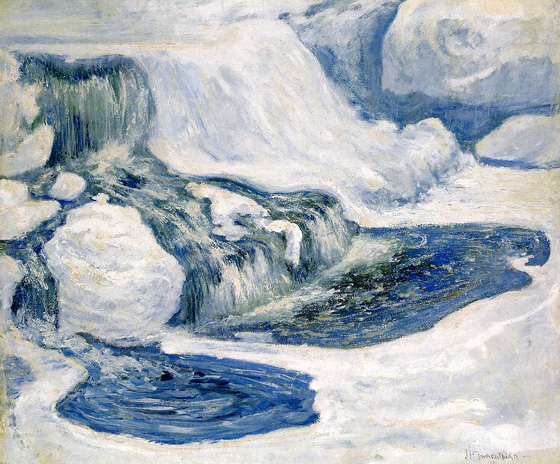
Farm Scene: ca 1888-91
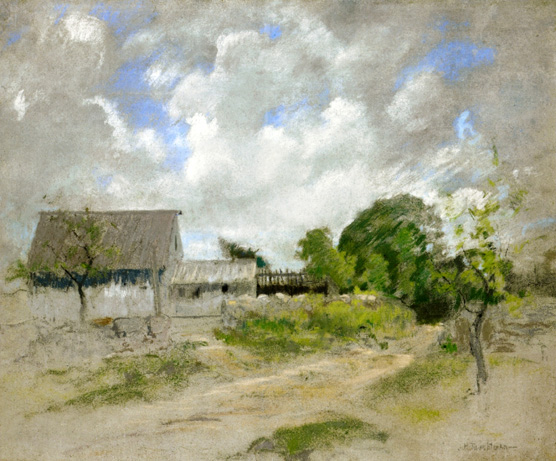
Figure in a Landscape: ca 1894-96

Fish Sheds and Schooner, Gloucester: 1898
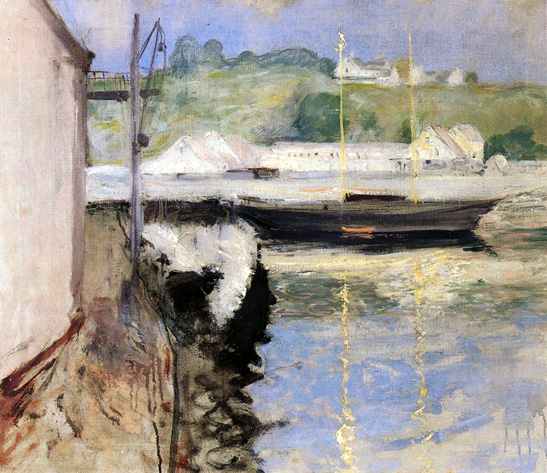
Fishing Boats at Gloucester: 1901
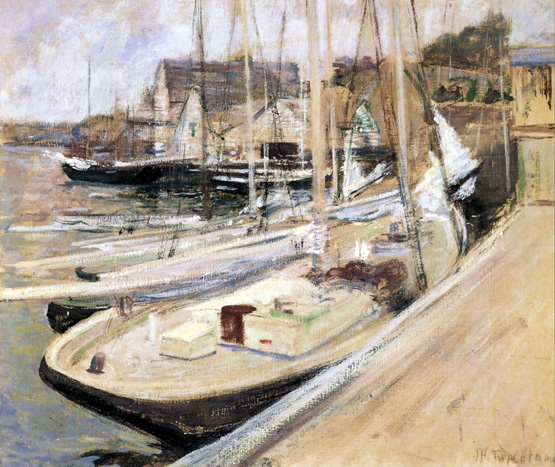
Flower Garden: ca 1890-95
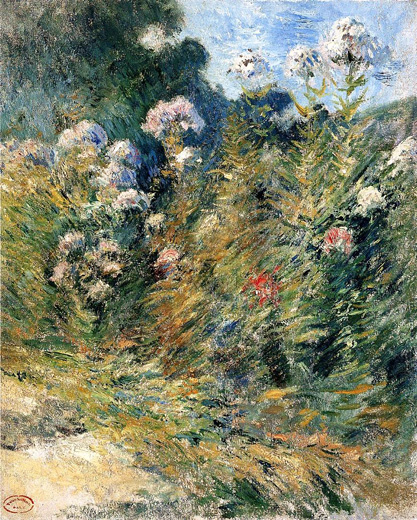
Flower Still Life: ca 1890-99
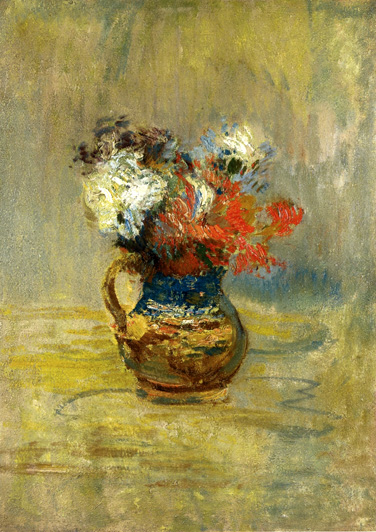
Flowers: ca 1889-91
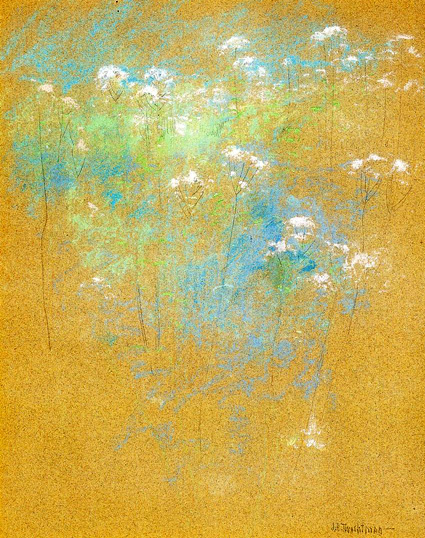
Flowers: ca 1891-93
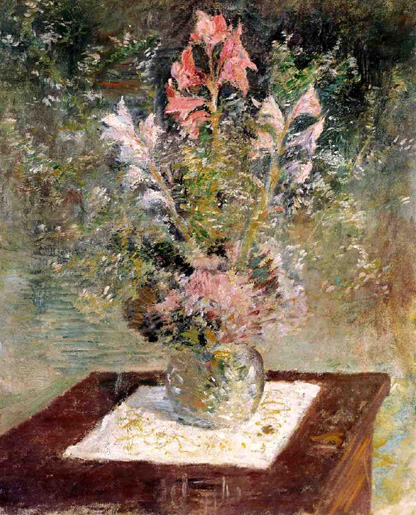
Fog and Small Sailboats: ca 1900

Fountain, World's Fair: ca 1894
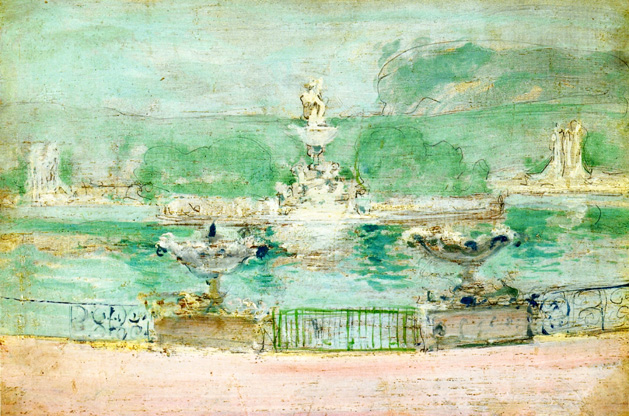
From the Upper Terrace: ca 1893-97

Frozen Brook: 1893
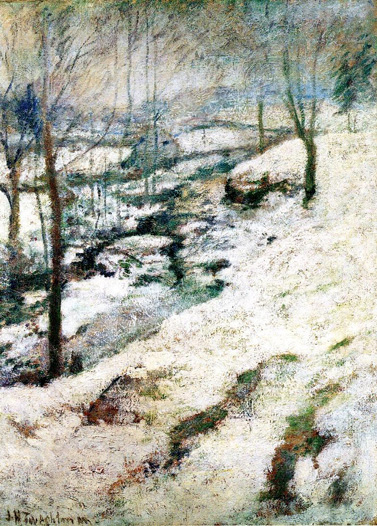
Gloucester Boats: ca 1901-02

Gloucester: ca 1900-02
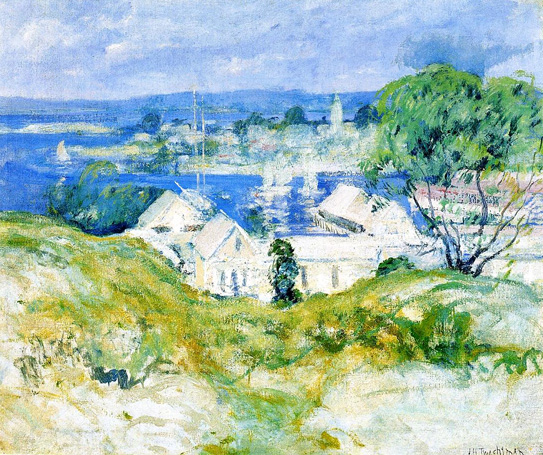
Gloucester Harbor: ca 1900
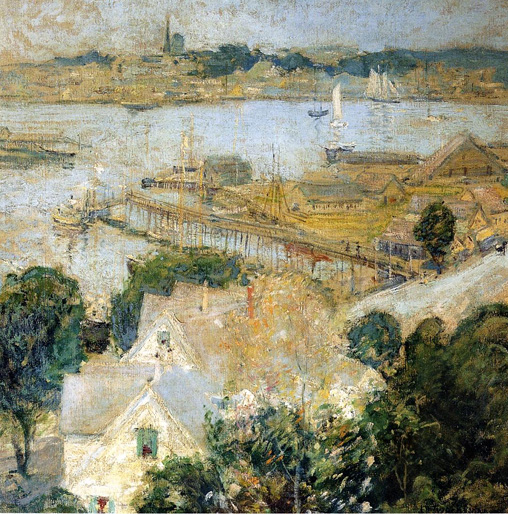
Gloucester Harbor: ca 1900
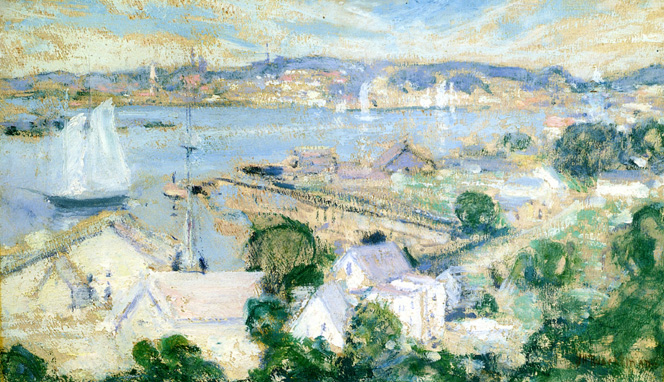
Gloucester Harbor: Unknown Date
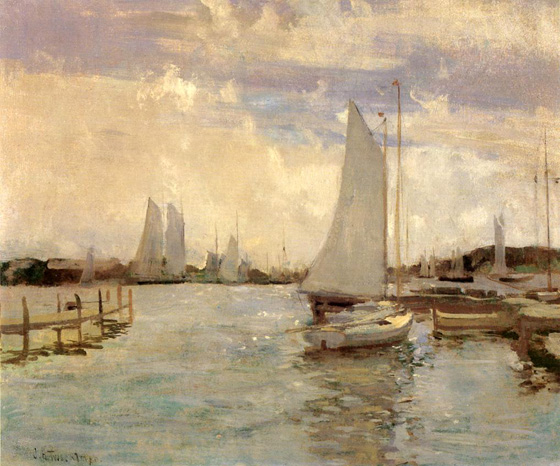
Gloucester Schooner: 1882
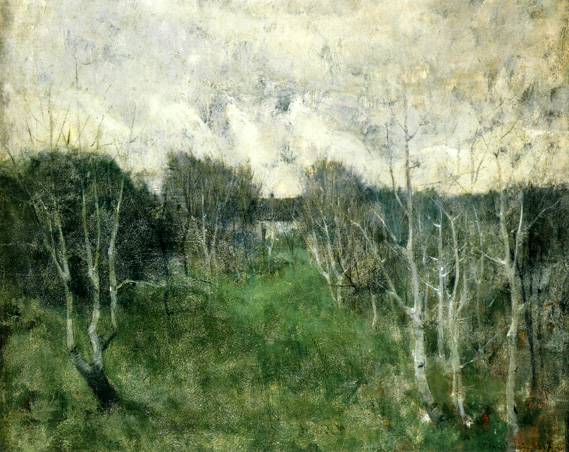
Gloucester Schooner: ca 1900
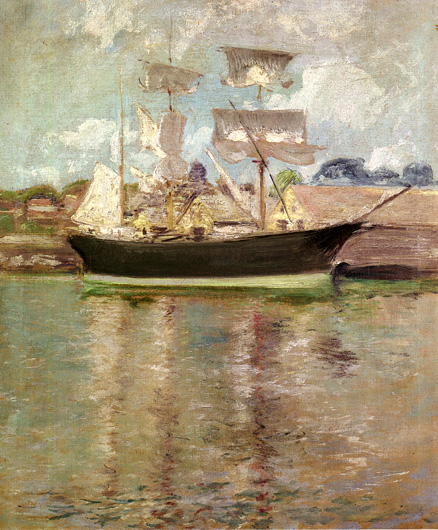
Gloucester, Fishermen's Houses: ca 1901
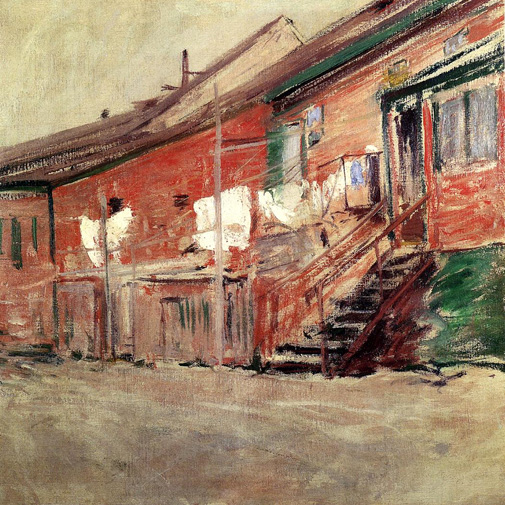
Greenwich Garden: ca 1896-99
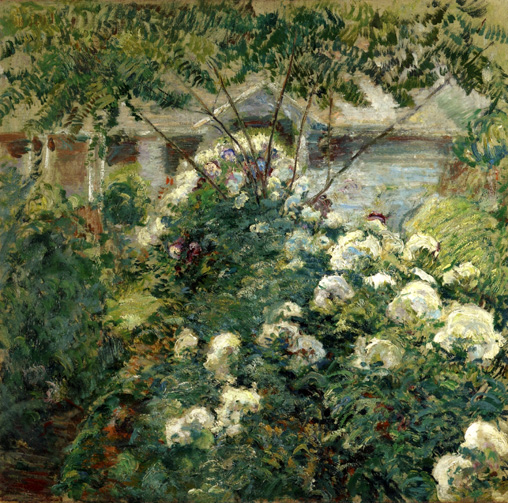
Harbor Scene: ca 1900

Harbor Scene: ca 1900-02
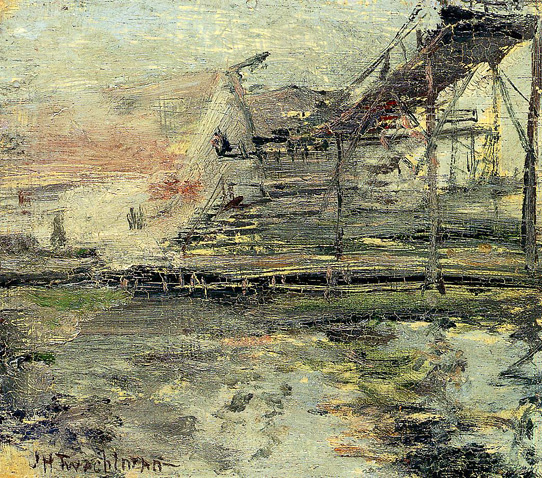
Harbor View: 1879
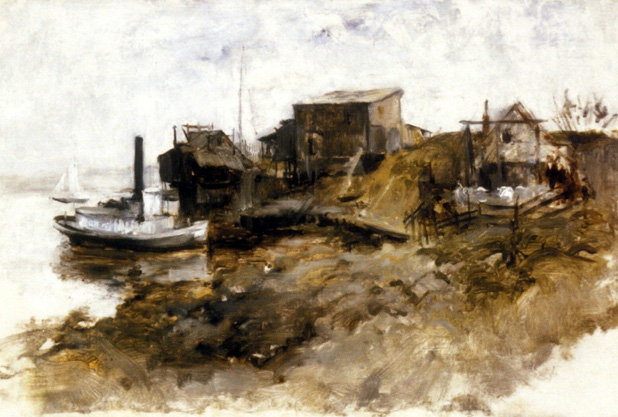
Harbor View Hotel: ca 1902
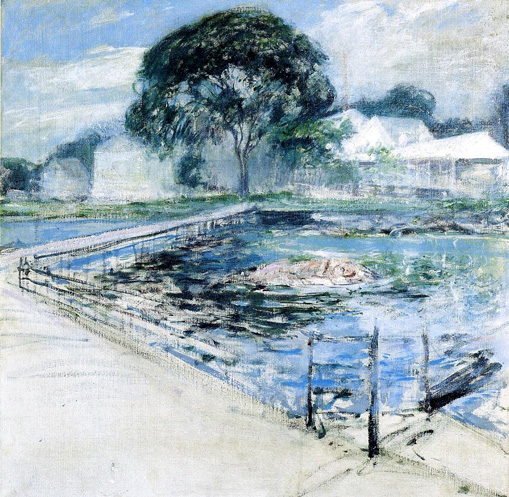
Haystacks at Edge of Woods: ca 1895
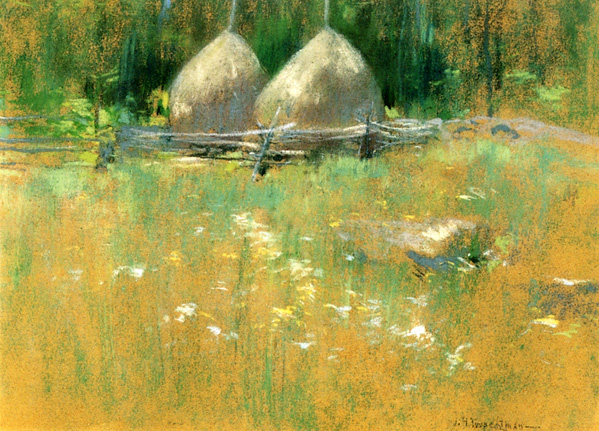
Hemlock Pool ca 1894
(aka Autumn)
.jpg)
Hemlock Pool: ca 1900

Holland
(aka Windmill in the Dutch Countryside): 1881
_1881.jpg)
Hollyhocks: ca 1880-89
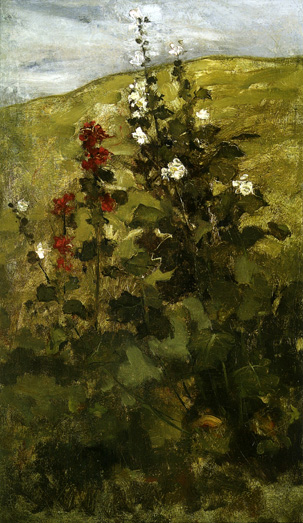
Hollyhocks: ca 1892
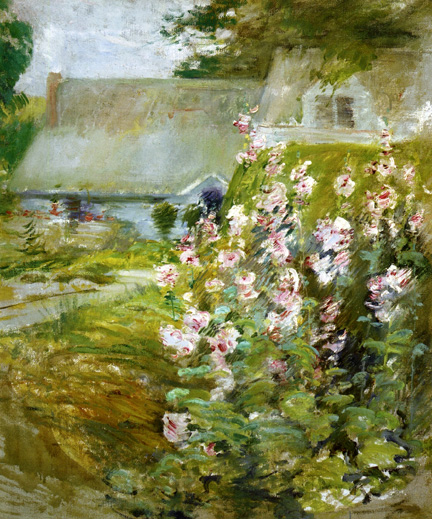
Horseneck Falls: Date Unknown
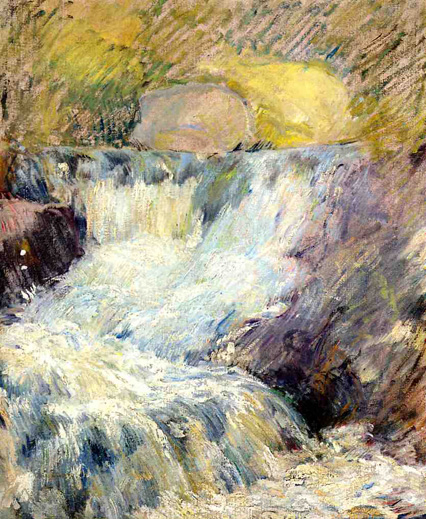
Horseneck Falls - Greenwich, Connecticut: ca 1890-1900
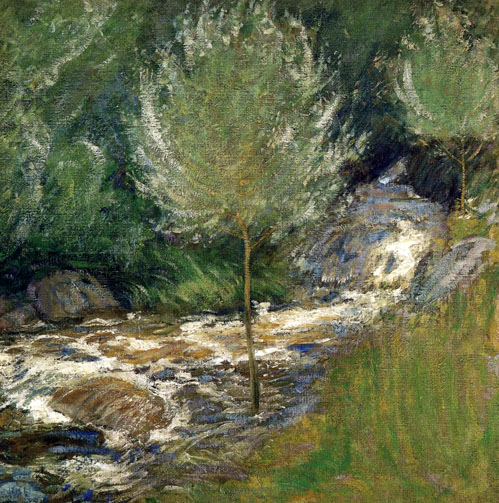
House in Snow: 1890-94

House on a Canal, Venice: 1877
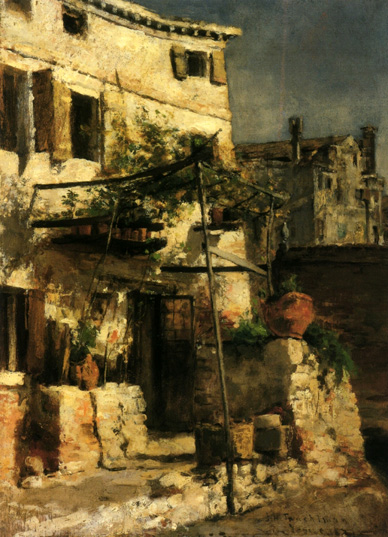
Icebound: ca 1890-95

In the Garden: 1895-1900
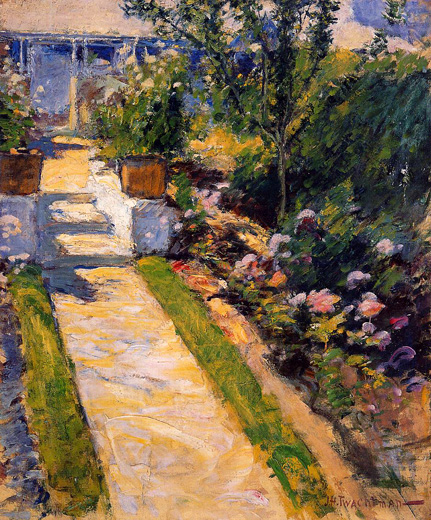
In the Greenhouse: ca 1895

In the Sunlight: ca 1893
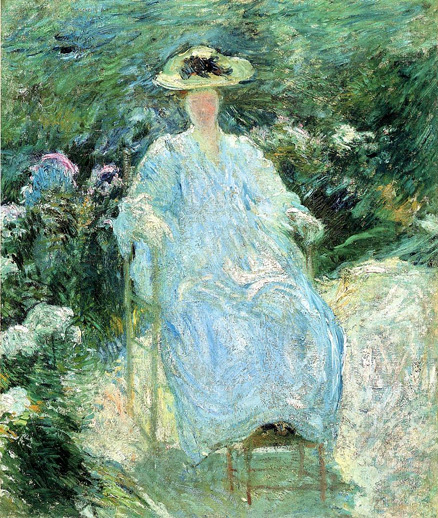
Irises: ca 1894-95
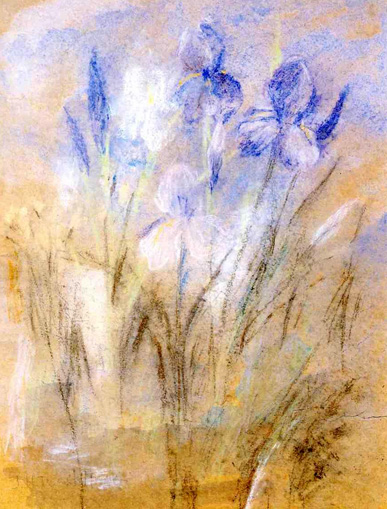
Landscape: 1882
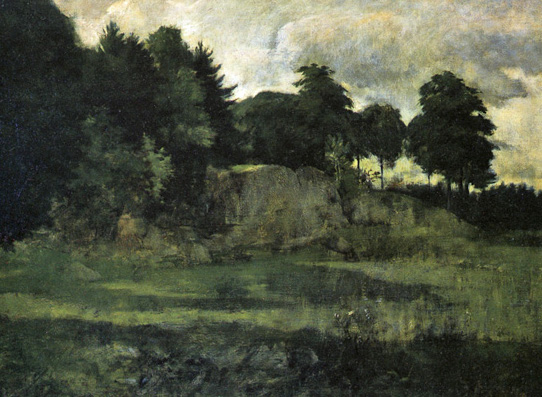
Landscape: ca 1888-91
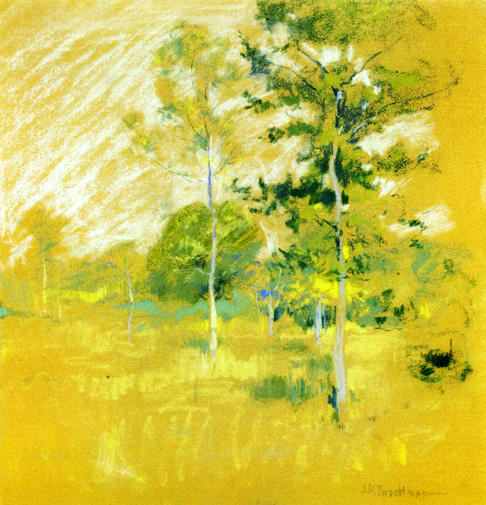
Landscape: ca 1894-96

Landscape: Date Unknown
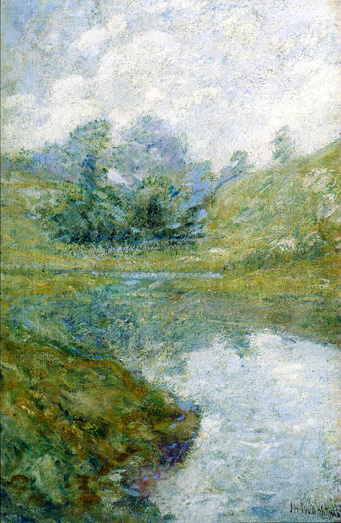
Landscape: Date Unknown
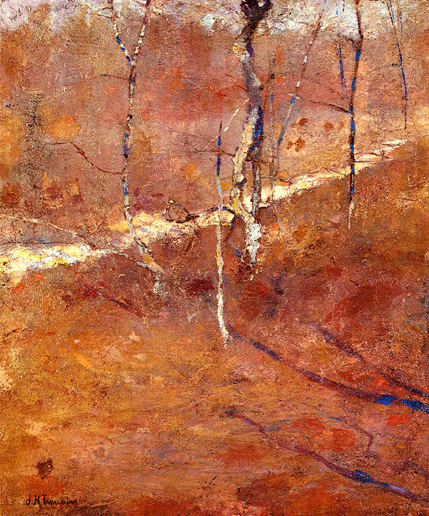
Landscape, Tuscany: 1880
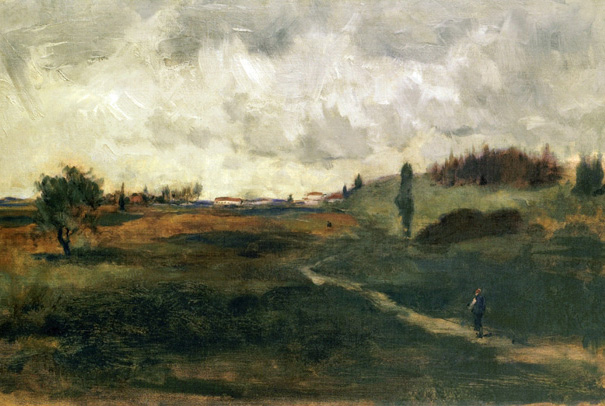
Last Touch of Sun: ca 1893
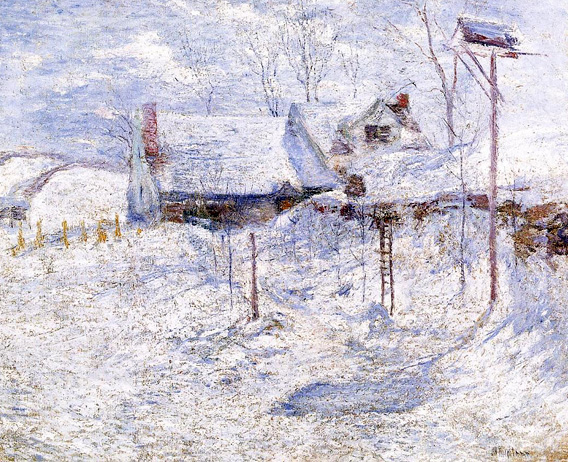
L'Etang
(aka The Pond): ca 1884
_ca_1884.jpg)
Little Giant: ca 1900-02
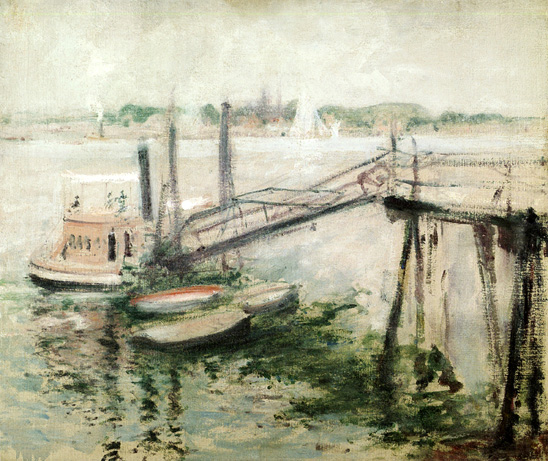
May Morn: ca 1900-02

Meadow Flowers
(aka Golden Rod and Wild Asters): ca 1895
_ca_1895.jpg)
Miami Canal, Cincinnati: 1874
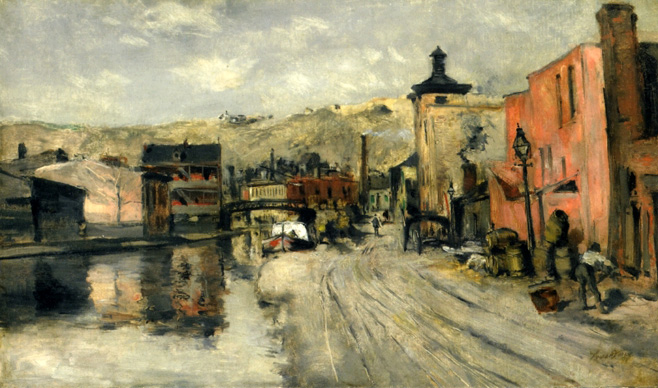
Middlebrook Farm: ca 1888
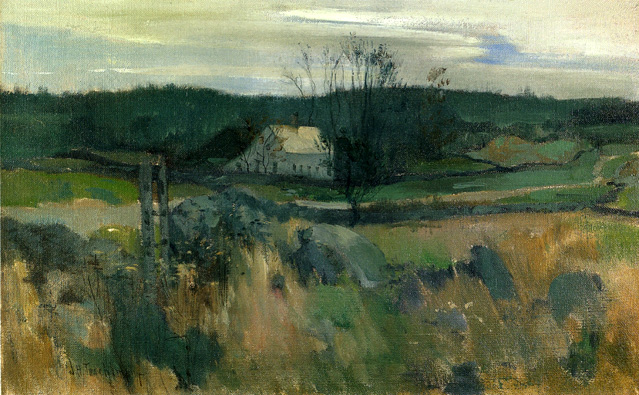
Moonlight, Flanders: ca 1885
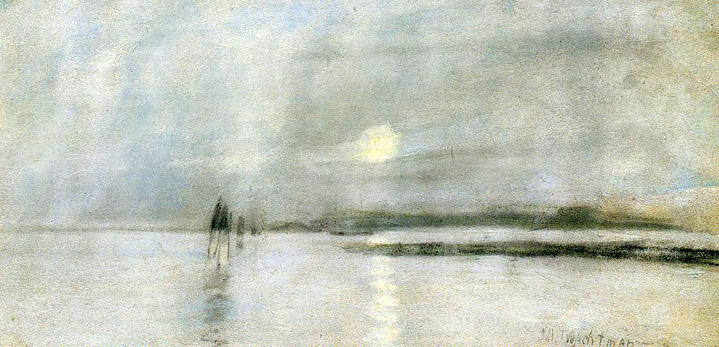
Morning Glory Pool Yellowstone: ca 1895

Mother and Child: 1893
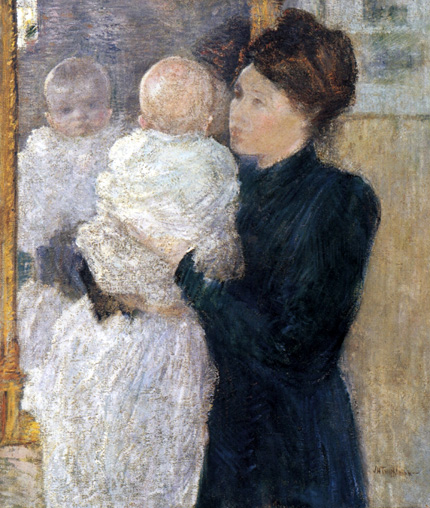
Mother and Child: ca 1897

Mouth of the Seine: ca 1884

My House: ca 1895
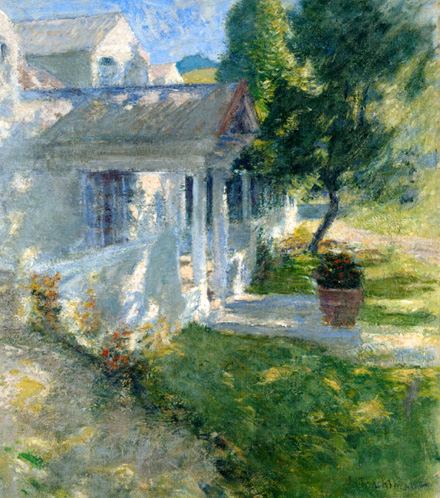
Near Paris: ca 1885
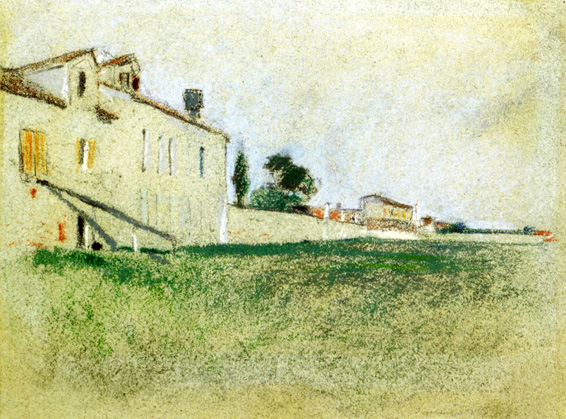
New York Harbor: ca 1879

New York Harbor: ca 1889

Newport Harbor: ca 1889
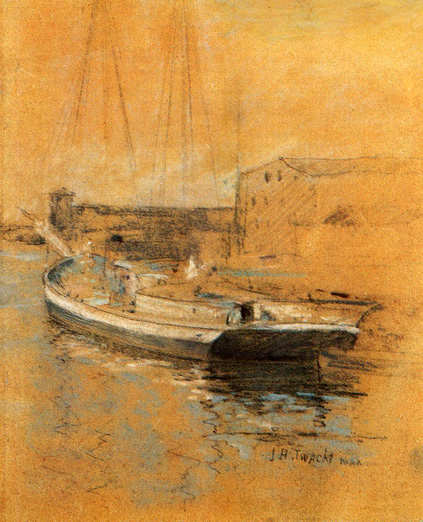
Niagara Falls: 1879
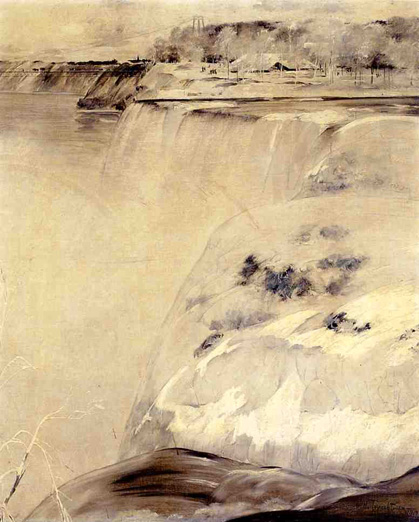
Niagara Falls: ca 1893-94
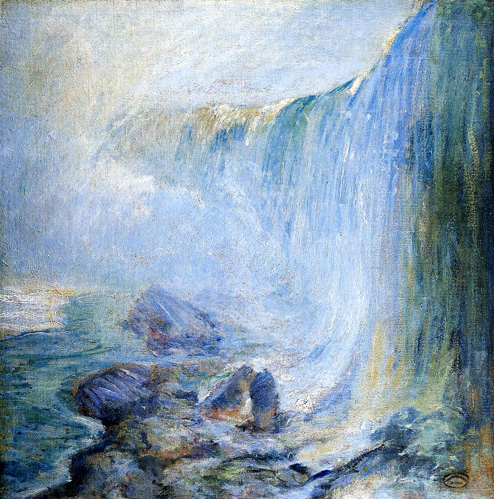
Niagara Falls: Date Unknown
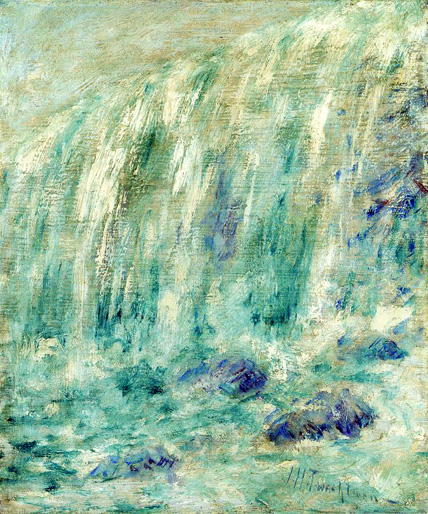
Niagara Gorge: ca 1890-94
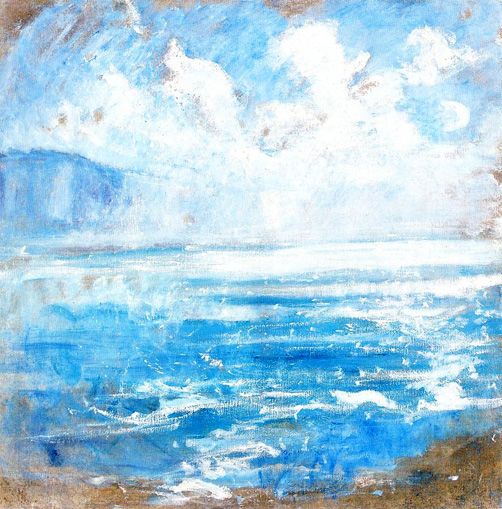
Niagara in Winter: ca 1893-1900

November Haze
(aka Upland Pastures): 1890-99
_1890_99.jpg)
October: 1901
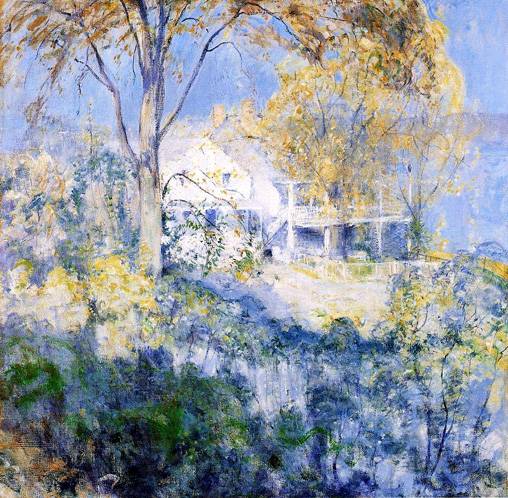
Old Holley House, Cos Cob: 1890-1900
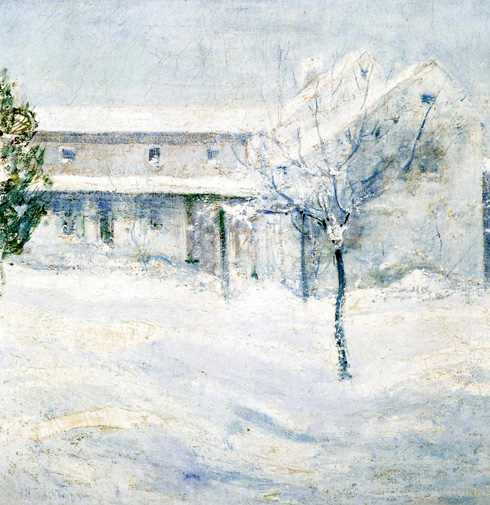
On the Terrace: ca 1897
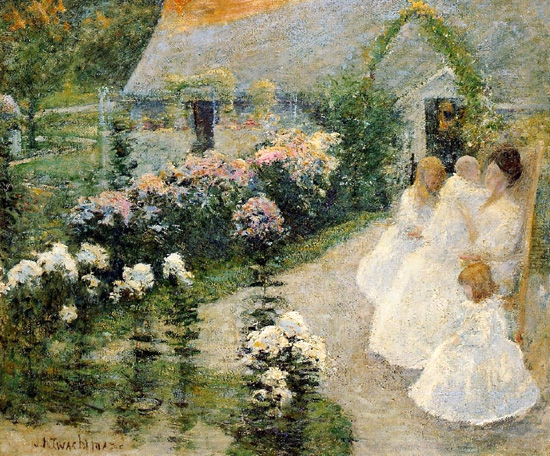
Oyster Boats, North River: 1879
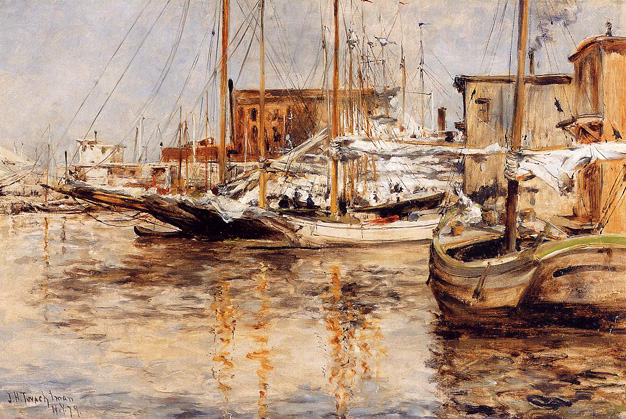
Paradise Rocks, Newport: ca 1889
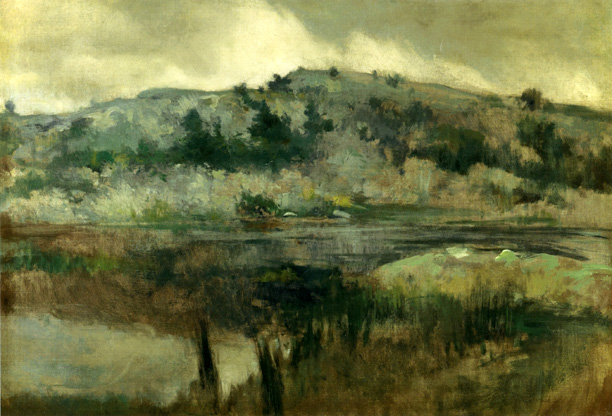
Pasture with Barns, Cos Cob: 1899
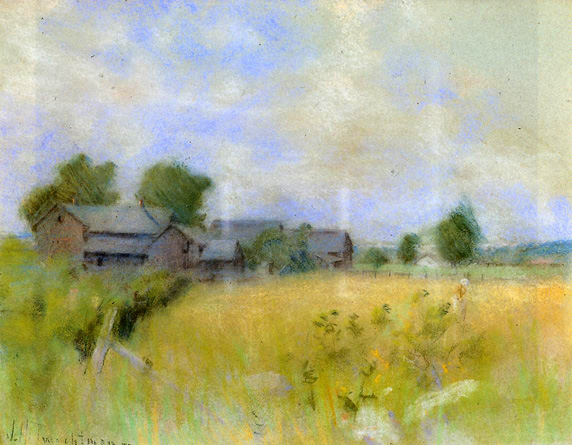
Path in the Hills - Branchville, Connecticut: 1888-91
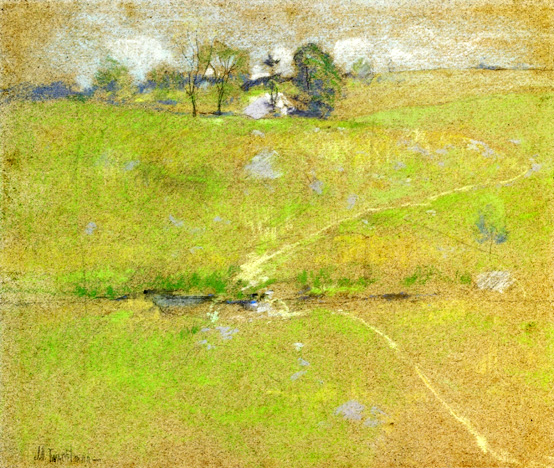
Road over the Hill: ca 1890-99
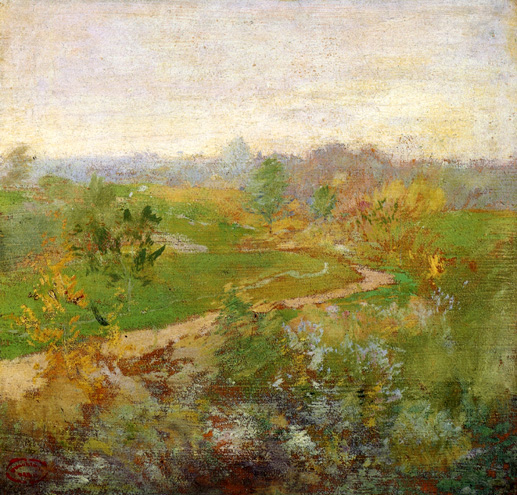
Road Scene: 1878
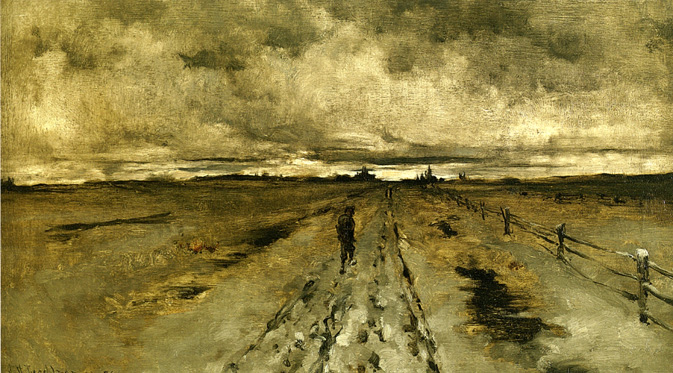
Sailing Boats, Dieppe Harbor: ca 1883-85
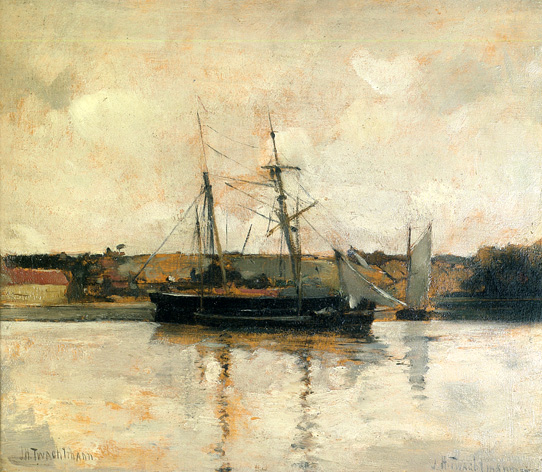
Sailing in the Mist: ca 1895
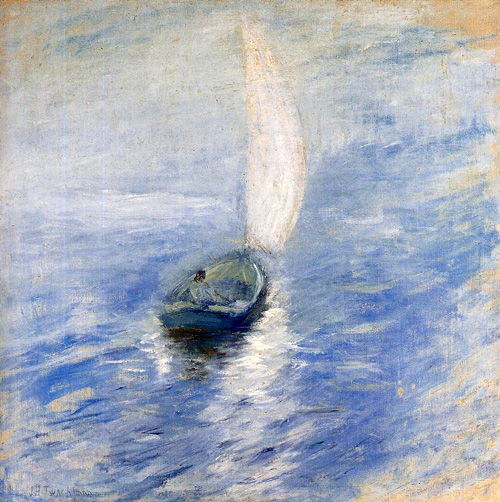
Sailing in the Mist: ca 1895
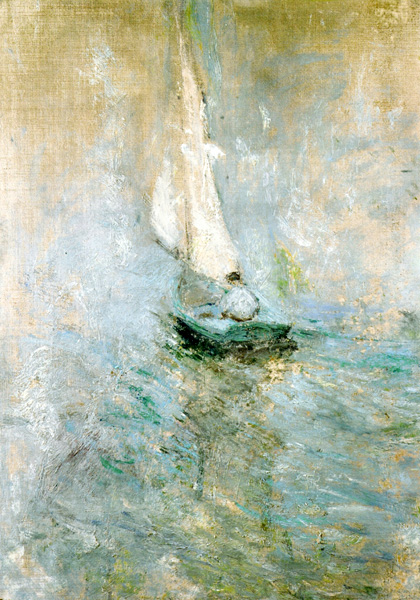
San Trovaso Square, Venice: ca 1878
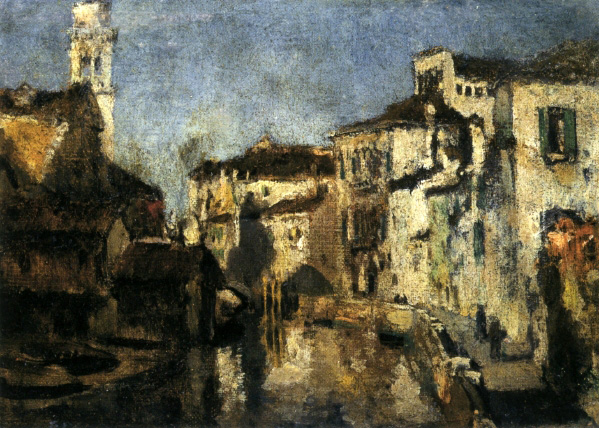
Scene along a Dutch River: ca 1885
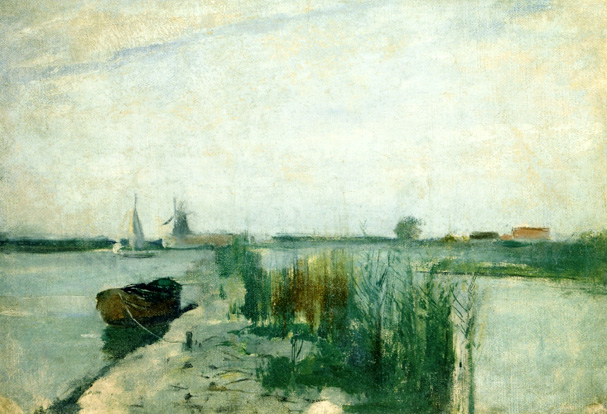
Sea Scene: 1893

Ship and Dock, Venice: ca 1878

Snow Scene: 1882
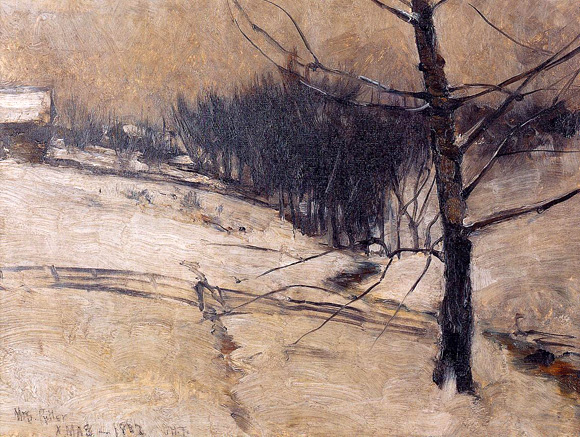
Snow Scene at Utica: ca 1897-99
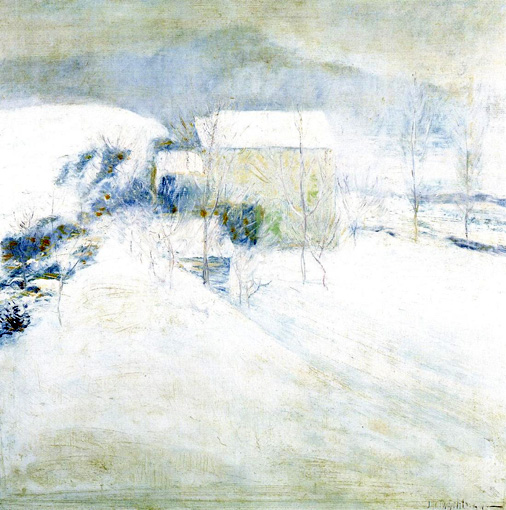
Snow Scene: Date Unknown
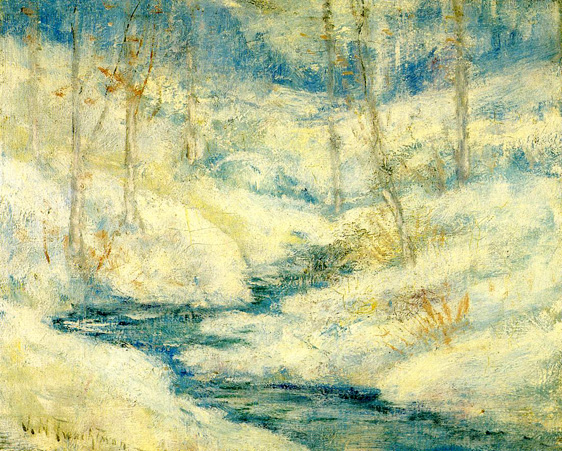
Snowbound: ca 1895-1900

Spring: ca 1890-99
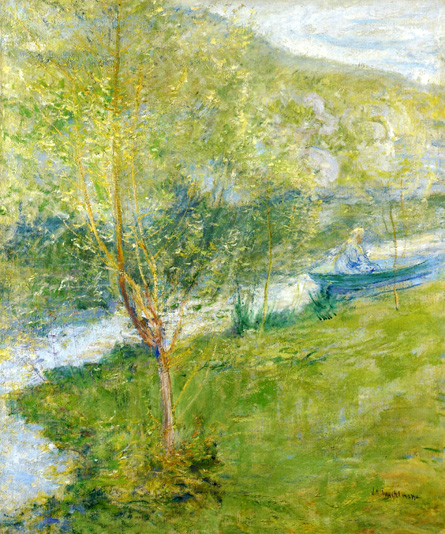
Spring Landscape: ca 1889-91
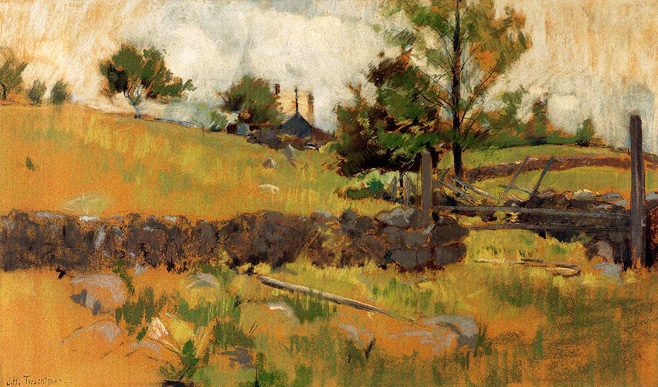
Spring Stream: Date Unknown

Springtime: ca 1884

Summer Afternoon: ca 1900-02
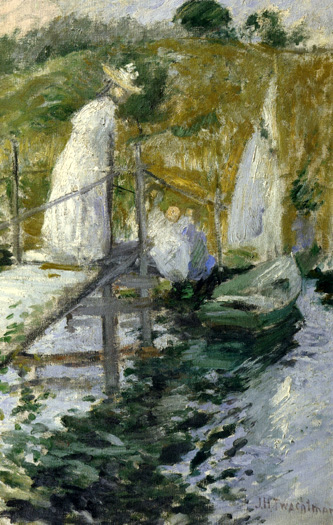
Summer: ca 1897-99
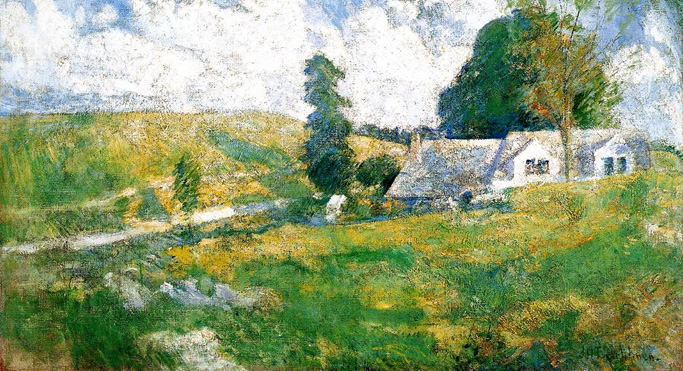
Summer Landscape: Date Unknown
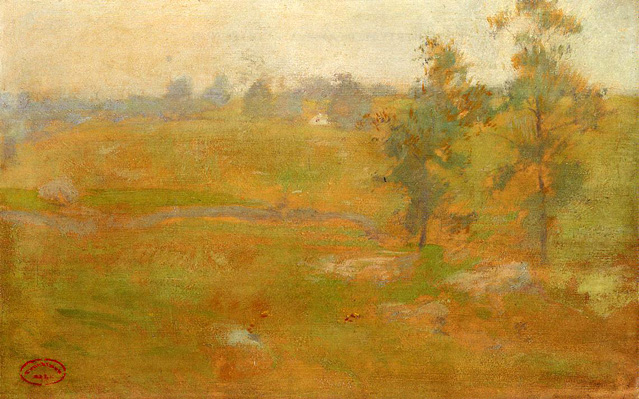
The Artist's House Through the Trees: ca 1894-95

The Boat Yard: Date Unknown
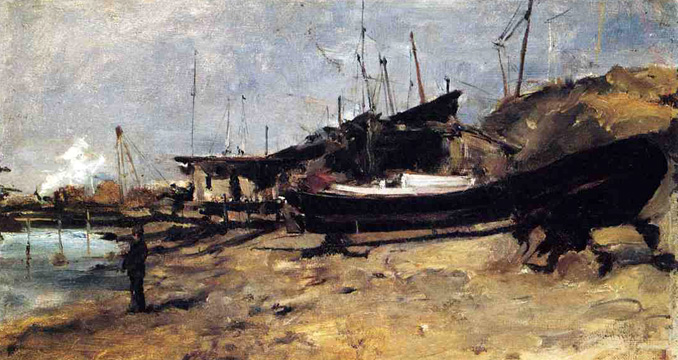
The Brook - Greenwich, Connecticut
(aka Horseneck Falls - Greenwich, Connecticut): ca 1890-1900
_ca_1890_1900.jpg)
The Cabbage Patch: ca 1890-93
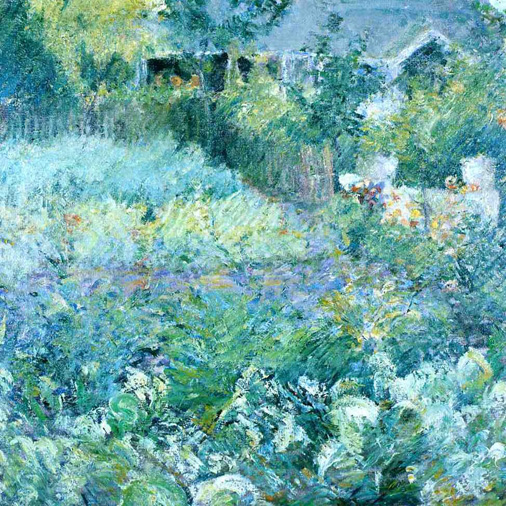
The Campanile, Late Afternoon: Date Unknown
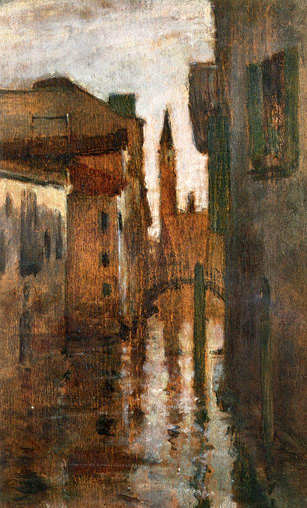
The Cascade: ca 1895-1900
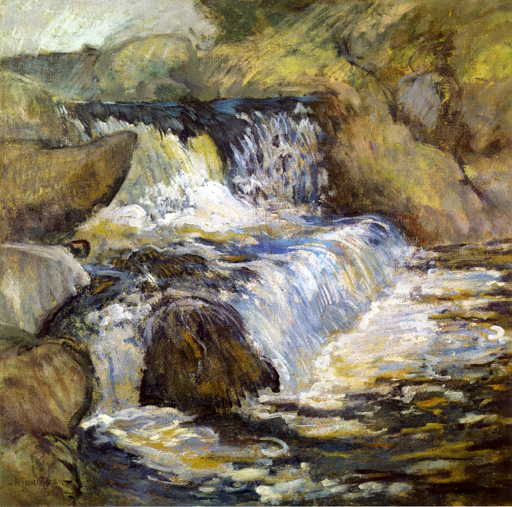
The Cascade in Spring: ca 1890-99
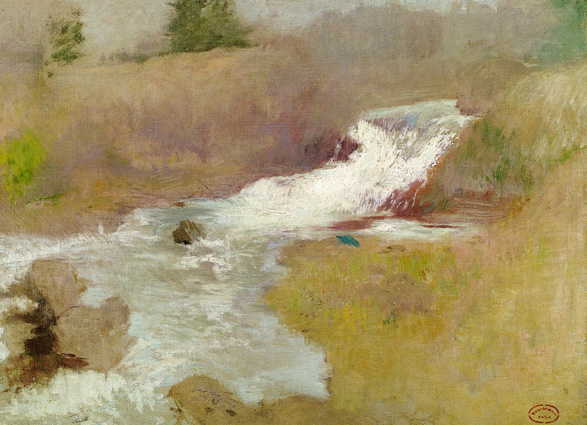
The Chicago World's Fair, Illinois Building: 1893
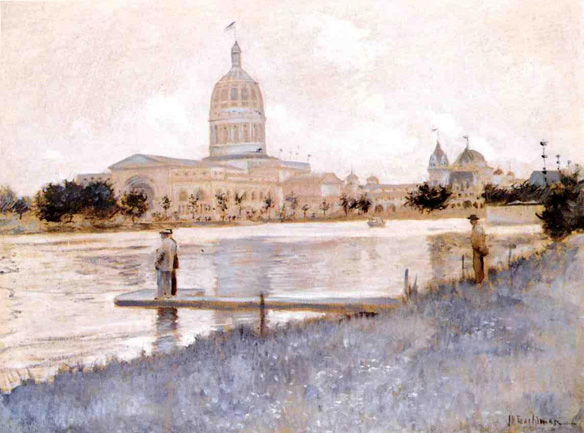
The Christmas Tree: Date Unknown
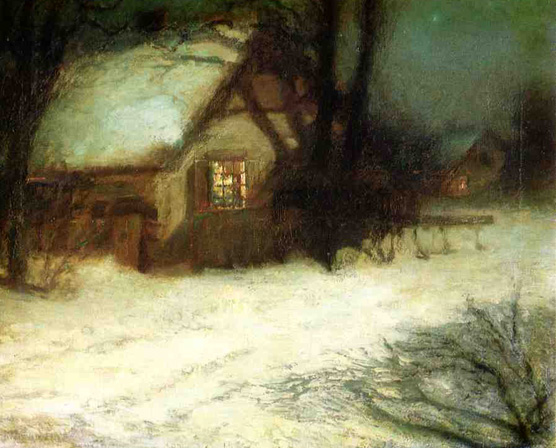
The Grand Canal, Venice: 1878

The Hidden Pool: ca 1899

The Inlet: ca 1881
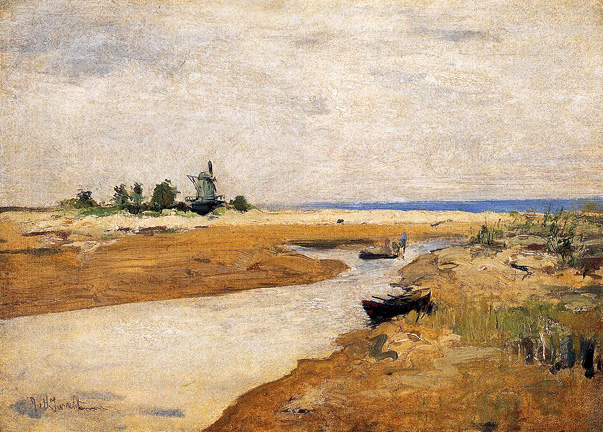
The Landing, Newport: ca 1889

The Ledges: ca 1889-91
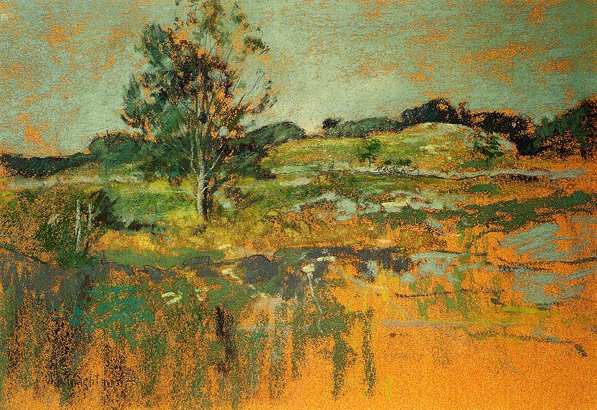
The Little Bridge: ca 1896
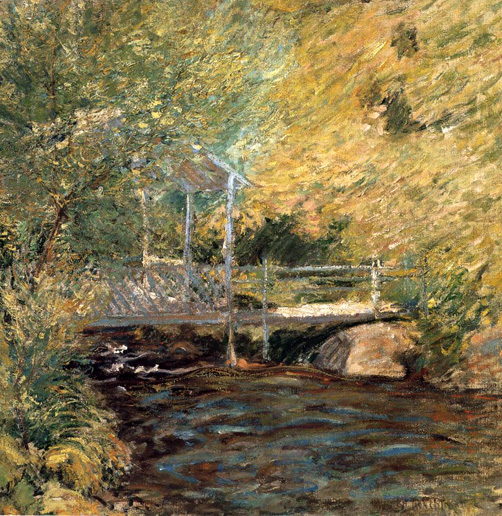
The Old Mill at Cos Cob: ca 1900-02
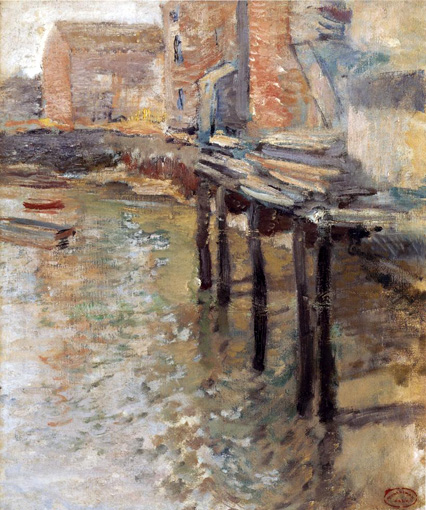
The Portico: ca 1897-99
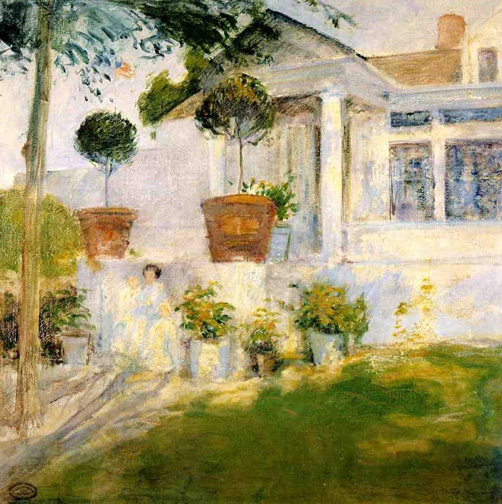
The Rapids, Yellowstone: ca 1895
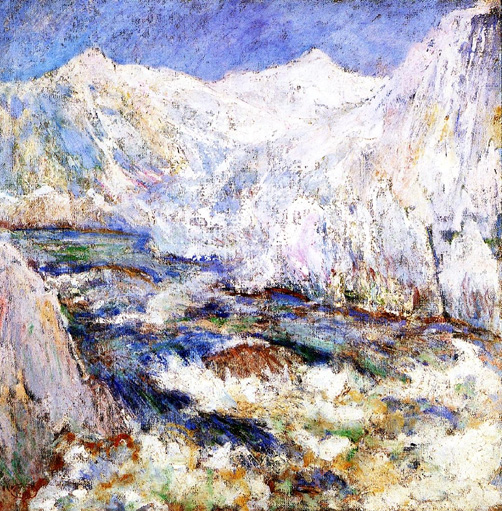
The Shore: ca 1879

The Summer House: Date Unknown
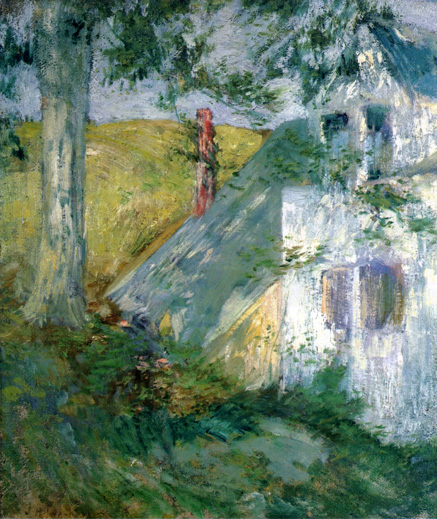
The Torrent: ca 1900

The Waterfall: ca 1895-1900
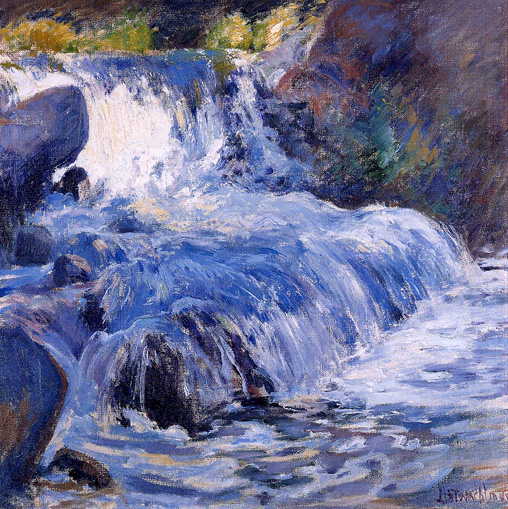
The White Bridge: ca 1895-97

The White Bridge: ca 1895-1900
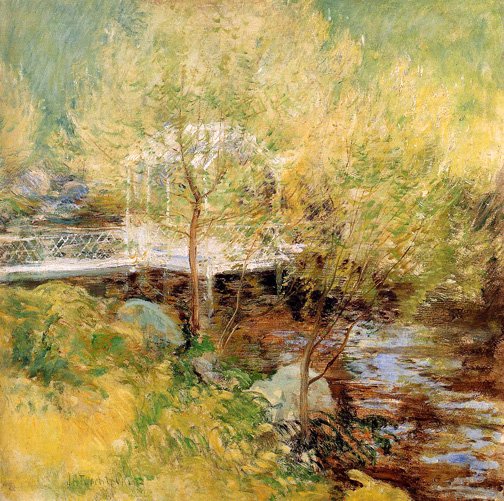
Tiger Lilies: ca 1889-91
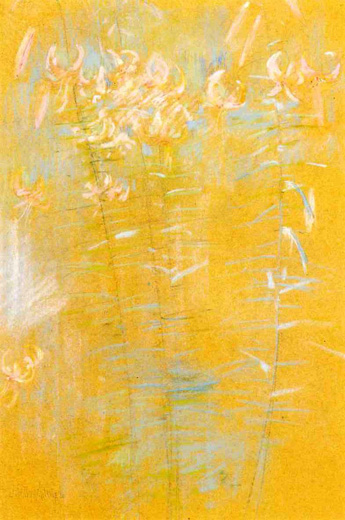
Tiger Lilies: ca 1890-95

Tiger Lilies: ca 1893
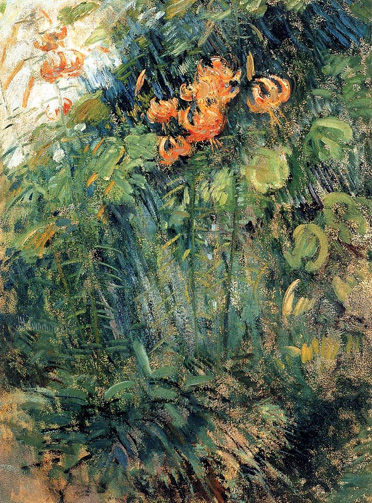
Tiger Lilies: ca 1896-99
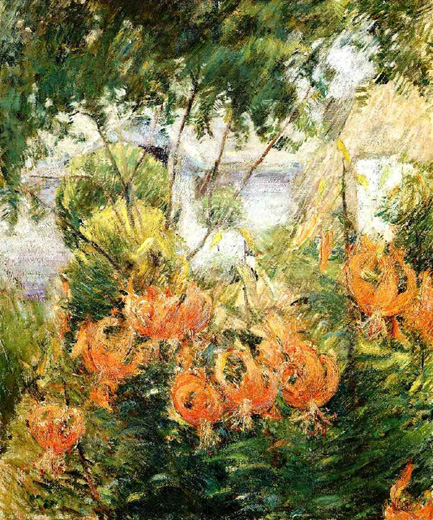
Trees in a Nursery: ca 1889-91
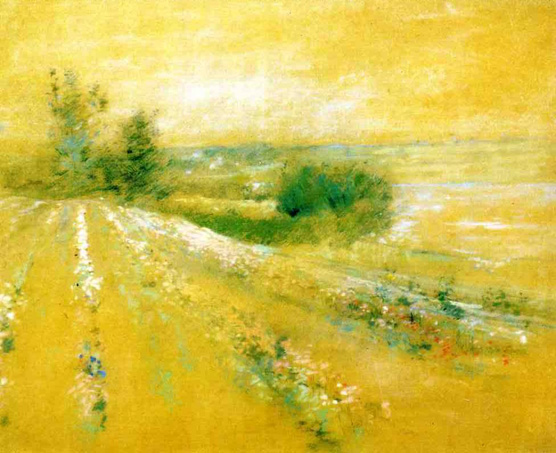
Tuckerman's Ravine: 1873
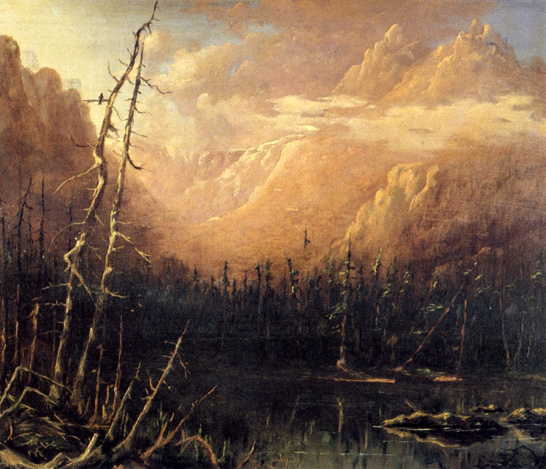
Tulip Tree, Greenwich: ca 1889-1901
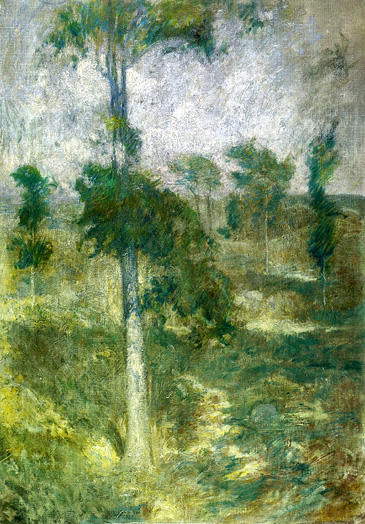
Tuscan Landscape: Date Unknown

Twachtman's House: ca 1889-90

Twachtman's Home - Avondale, Ohio: ca 1882

Under the Wharves: ca 1900
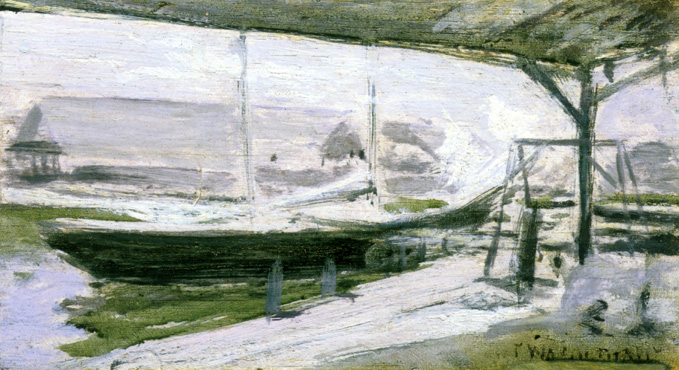
Upland Pastures: ca 1890-99
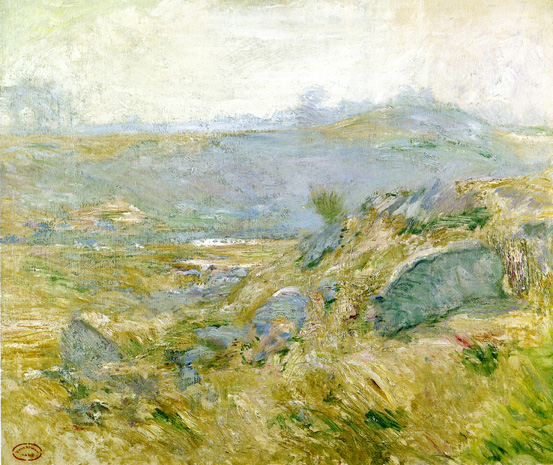
Venetian Sailing Vessel: 1878
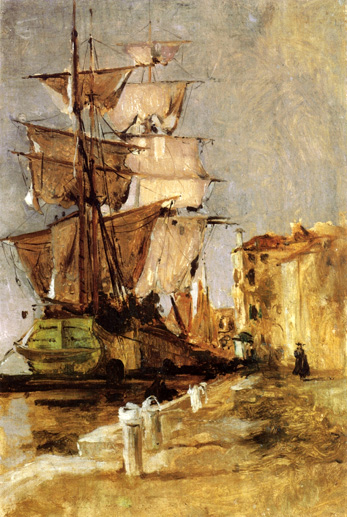
Venice: 1881
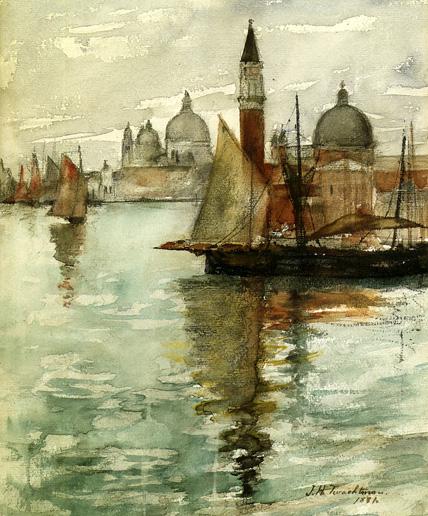
Venice: ca 1878
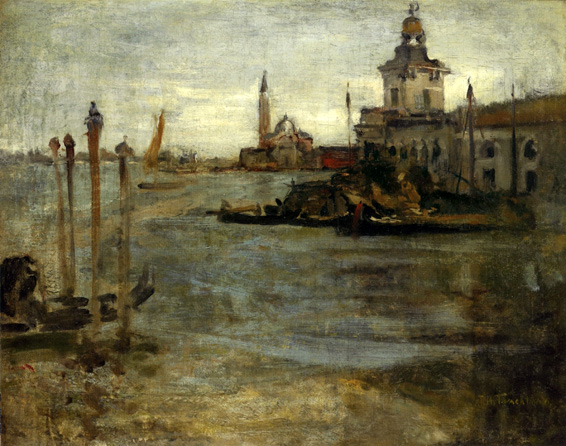
View along a River: ca 1883-85
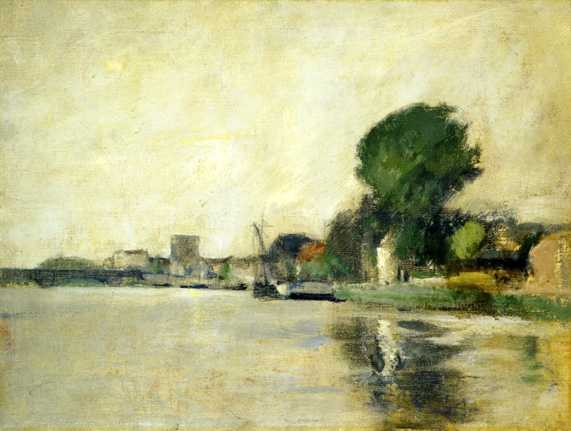
View from the Holley House: ca 1901
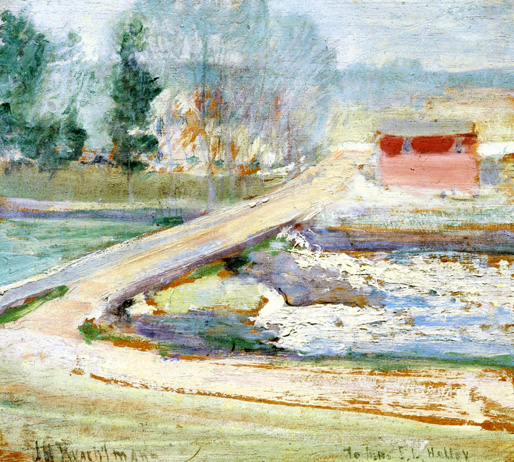
View from the Holley House - Cos Cob, Connecticut: ca 1901
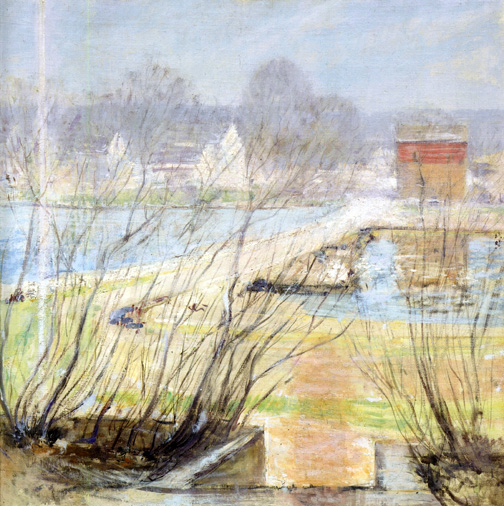
View from the Holley House, Winter: ca 1901
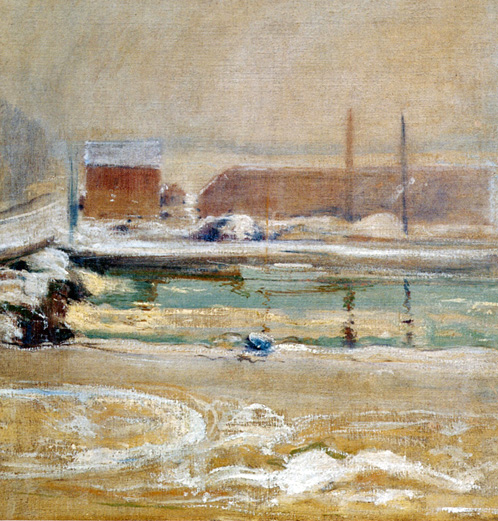
View near Polling: ca 1876-77

View of Venice: 1877
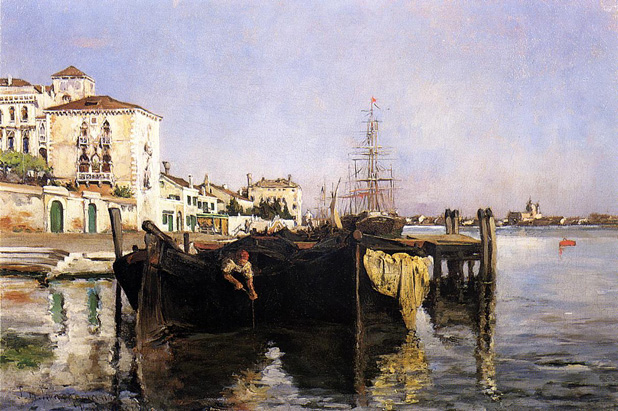
View of Venice: 1878

Waterfall: ca 1895

Waterfall: ca 1898
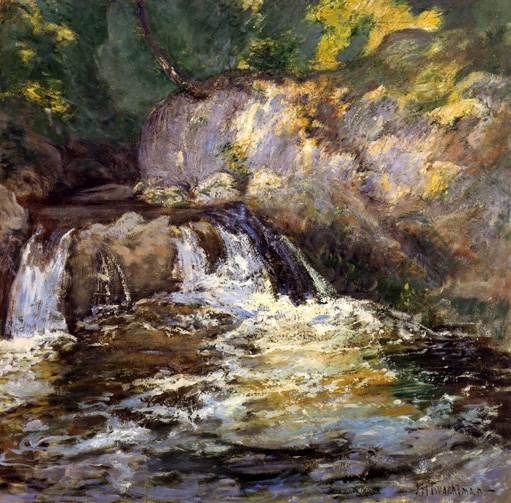
Waterfall in Yellowstone: ca 1895

Waterfall, Blue Brook: ca 1895-1900
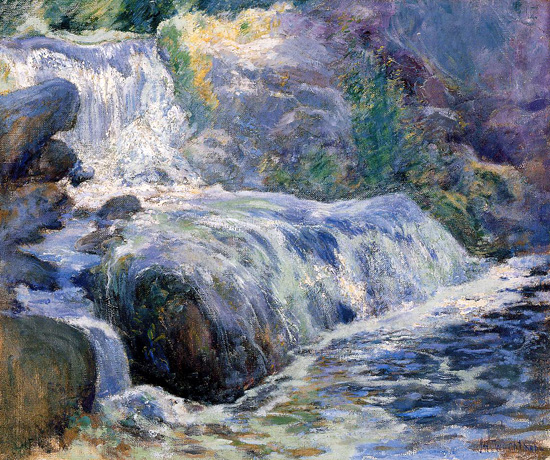
Waterfall, Greenwich: ca 1896-99

Waterfall: ca 1898

Waterfall, Yellowstone: ca 1895

Waterfront Scene, Gloucester: ca 1901
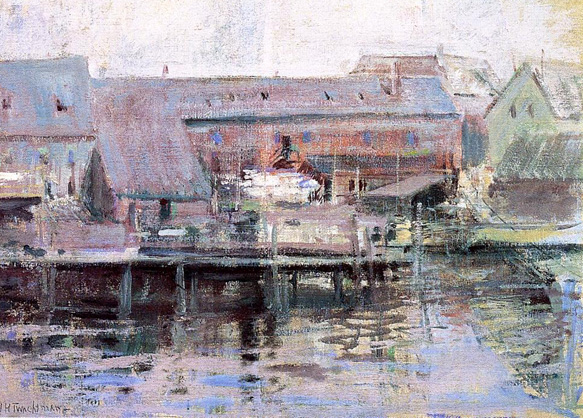
Waterside Scene: ca 1889
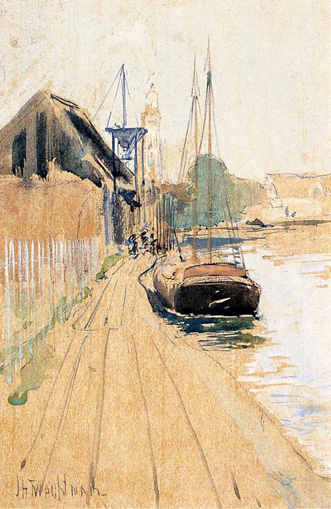
Weeds and Flowers: ca 1889-91
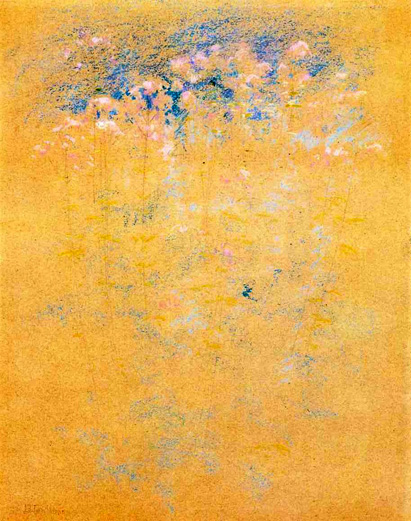
Wild Cherry Tree: ca 1901
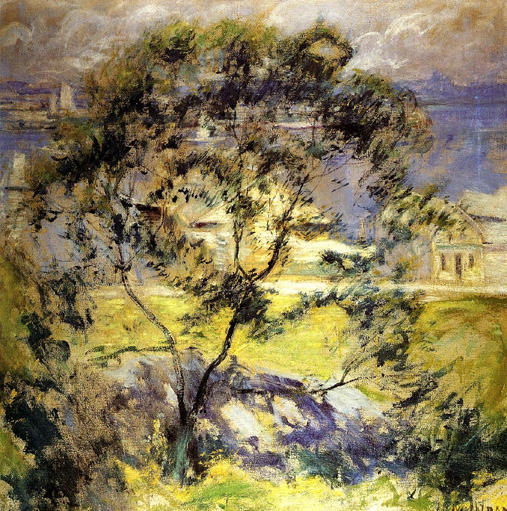
Wildflowers: ca 1889-91
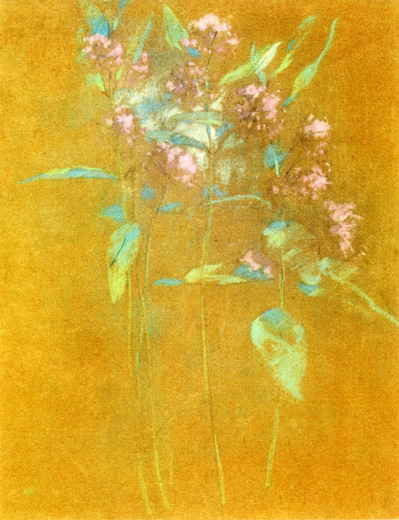
Winter Harmony: ca 1890-1900
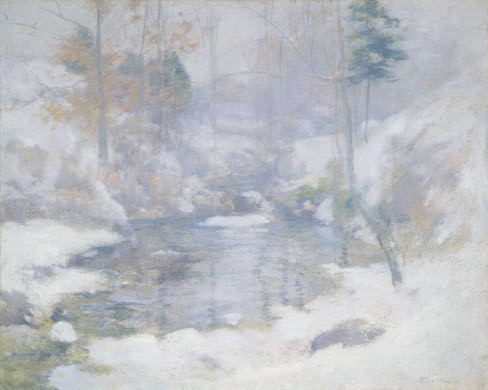
Return to Pagina Artis
Return to Bruce and Bobbie's Main Page.